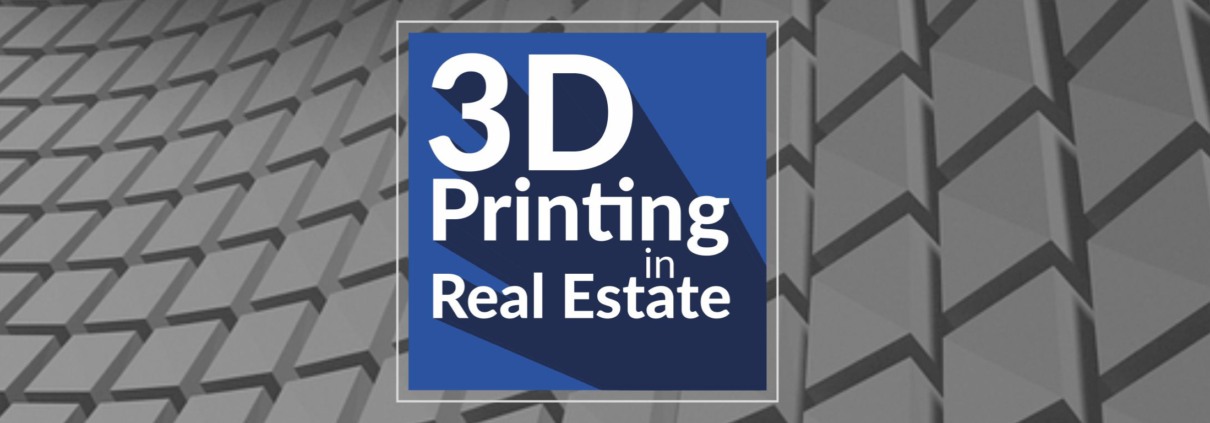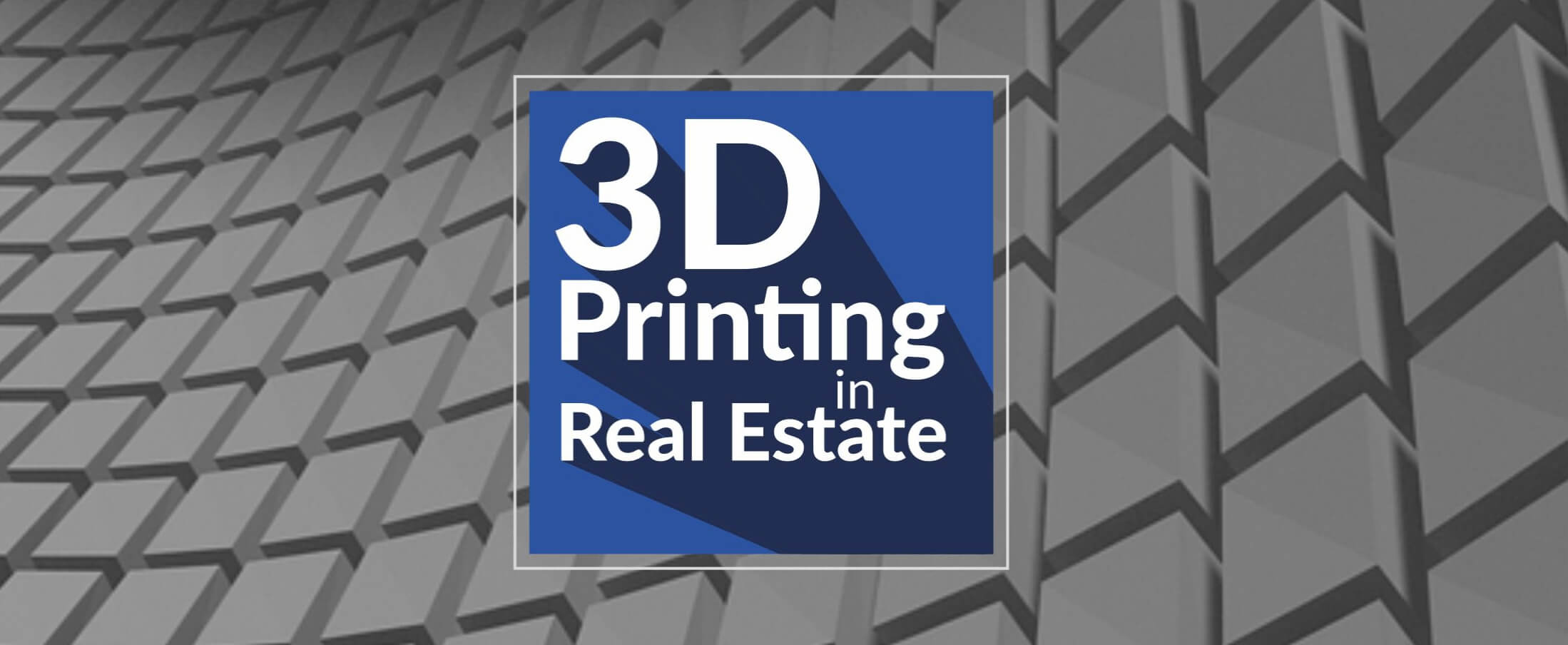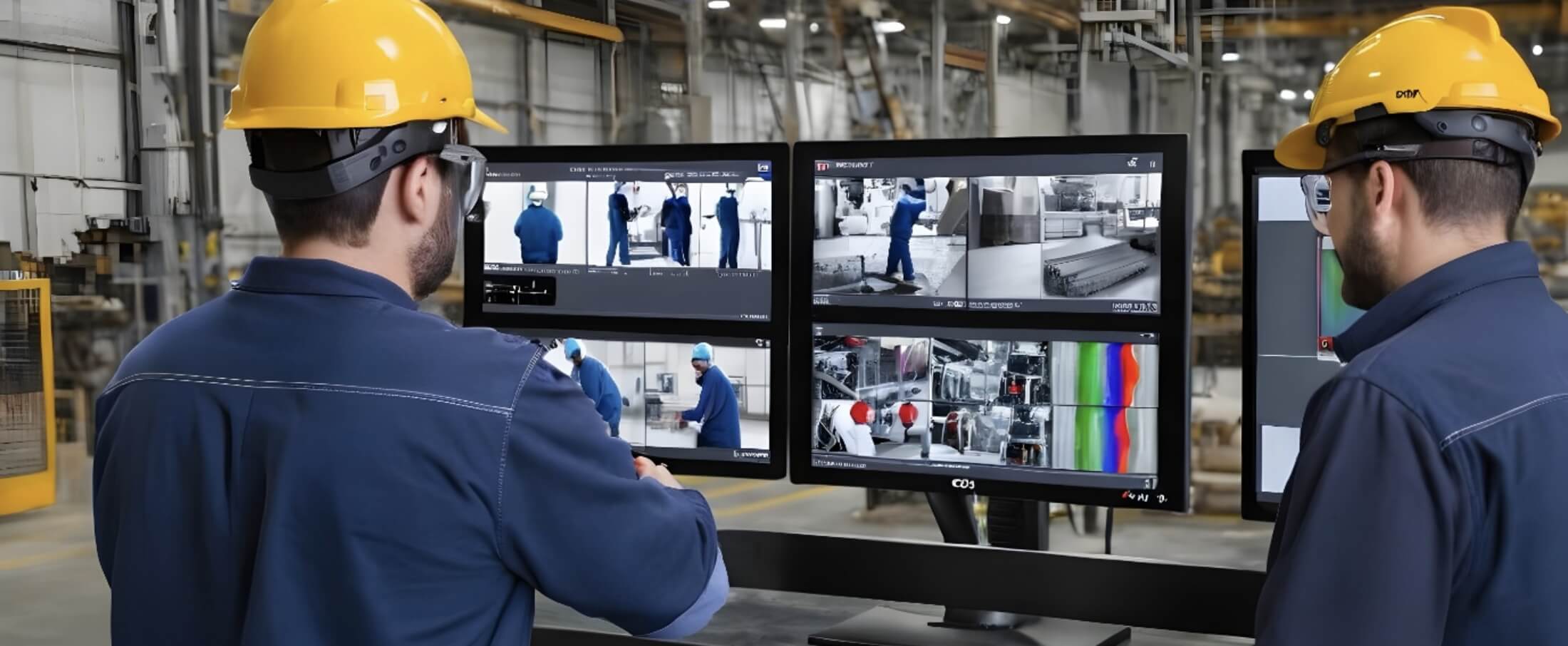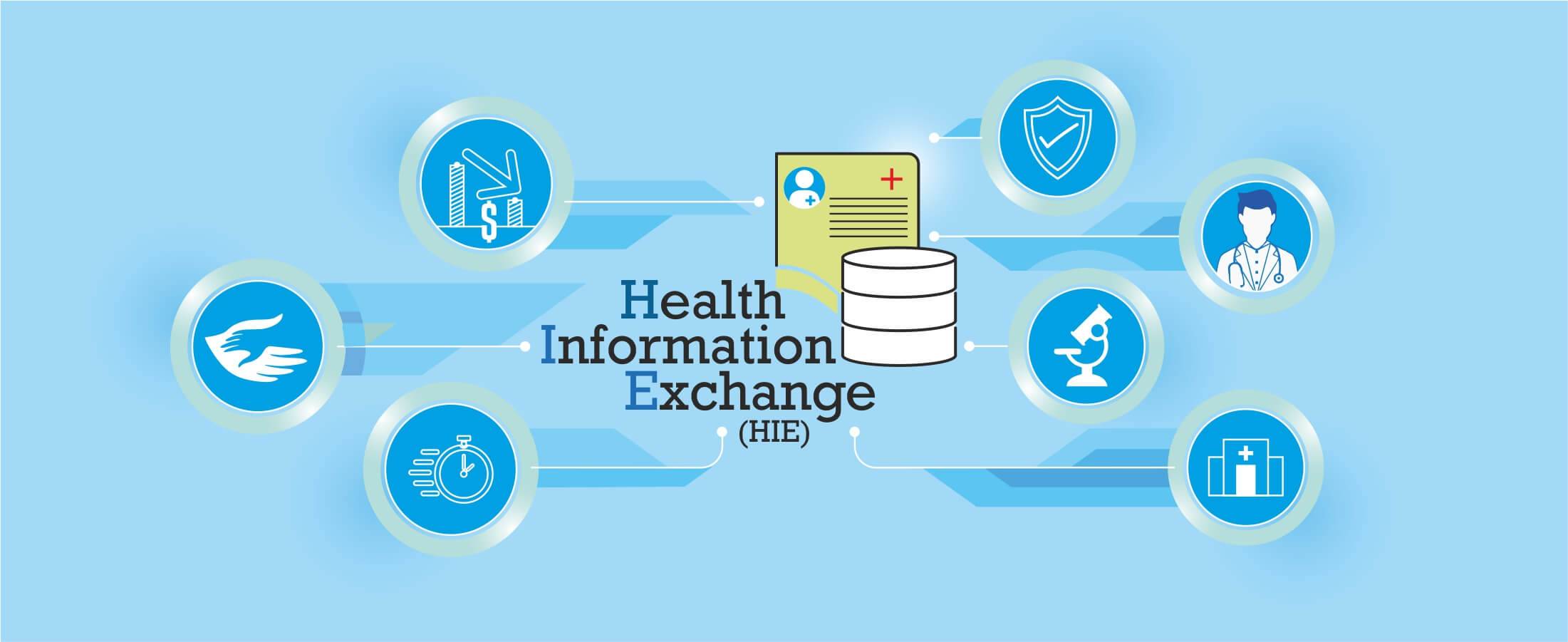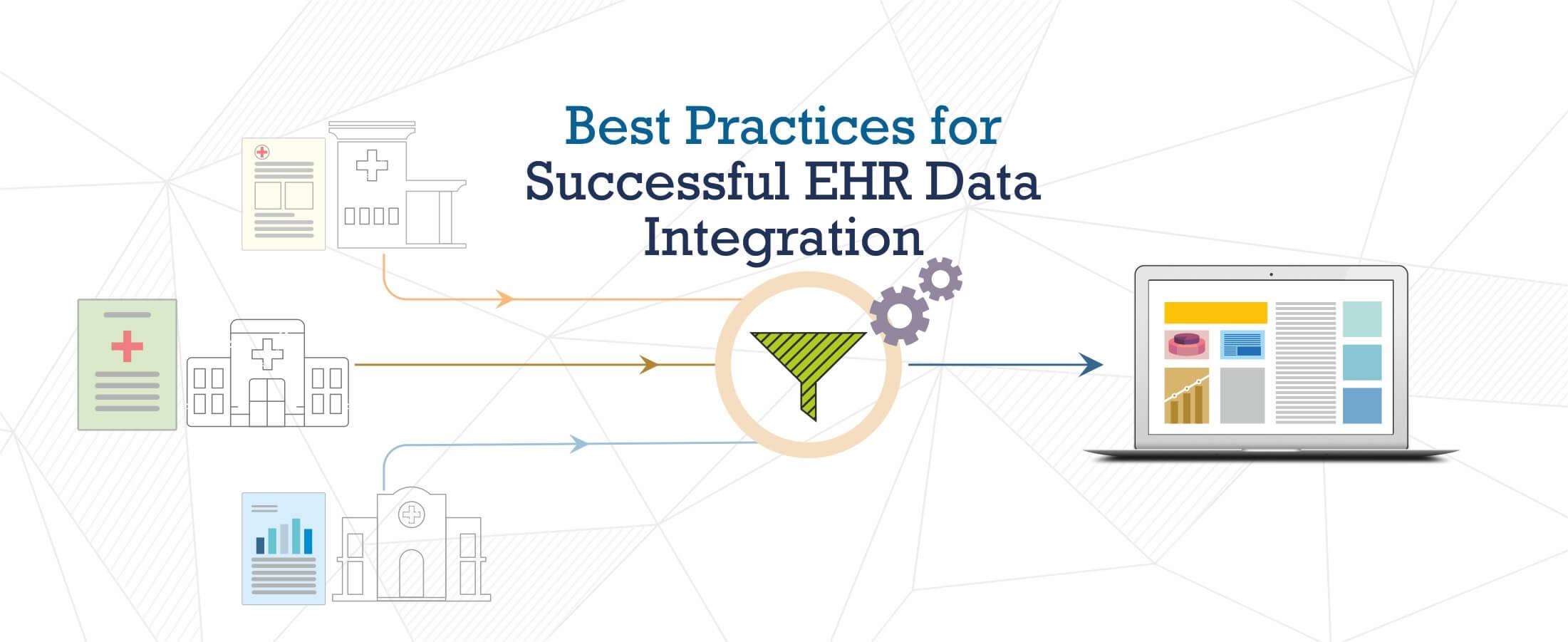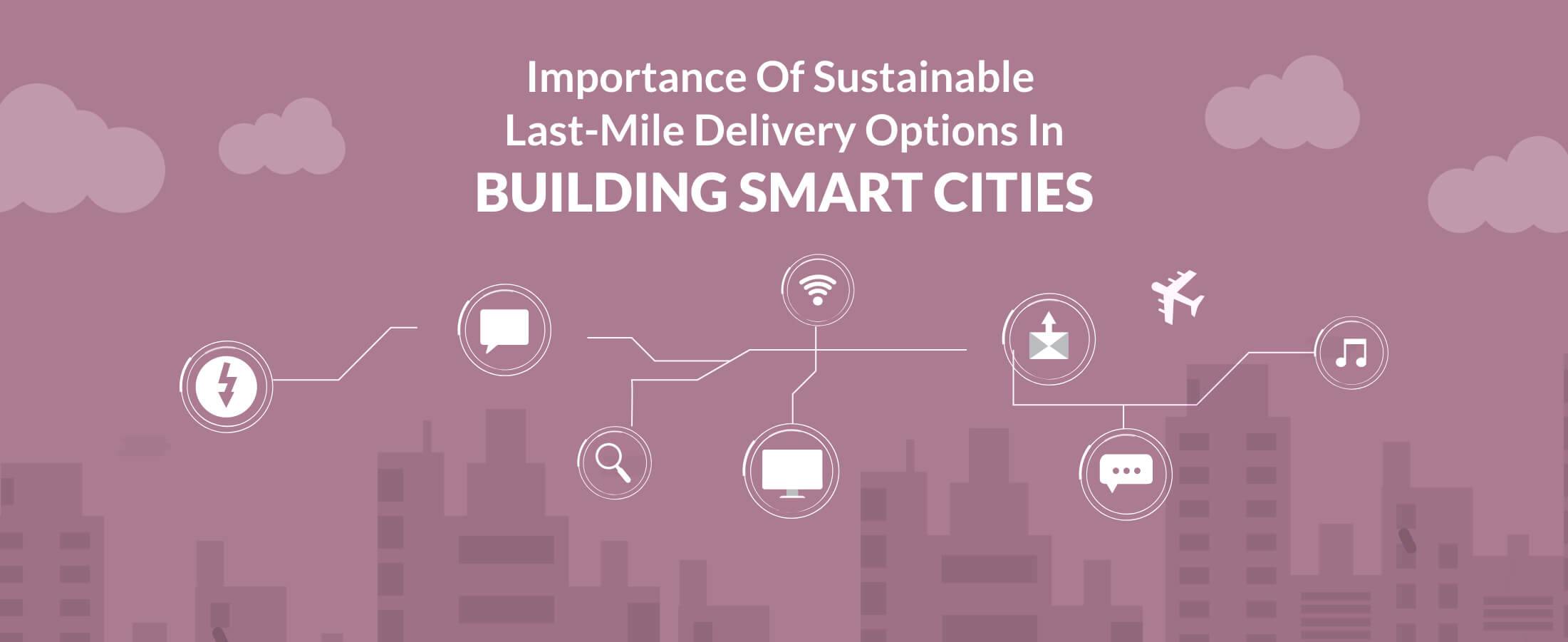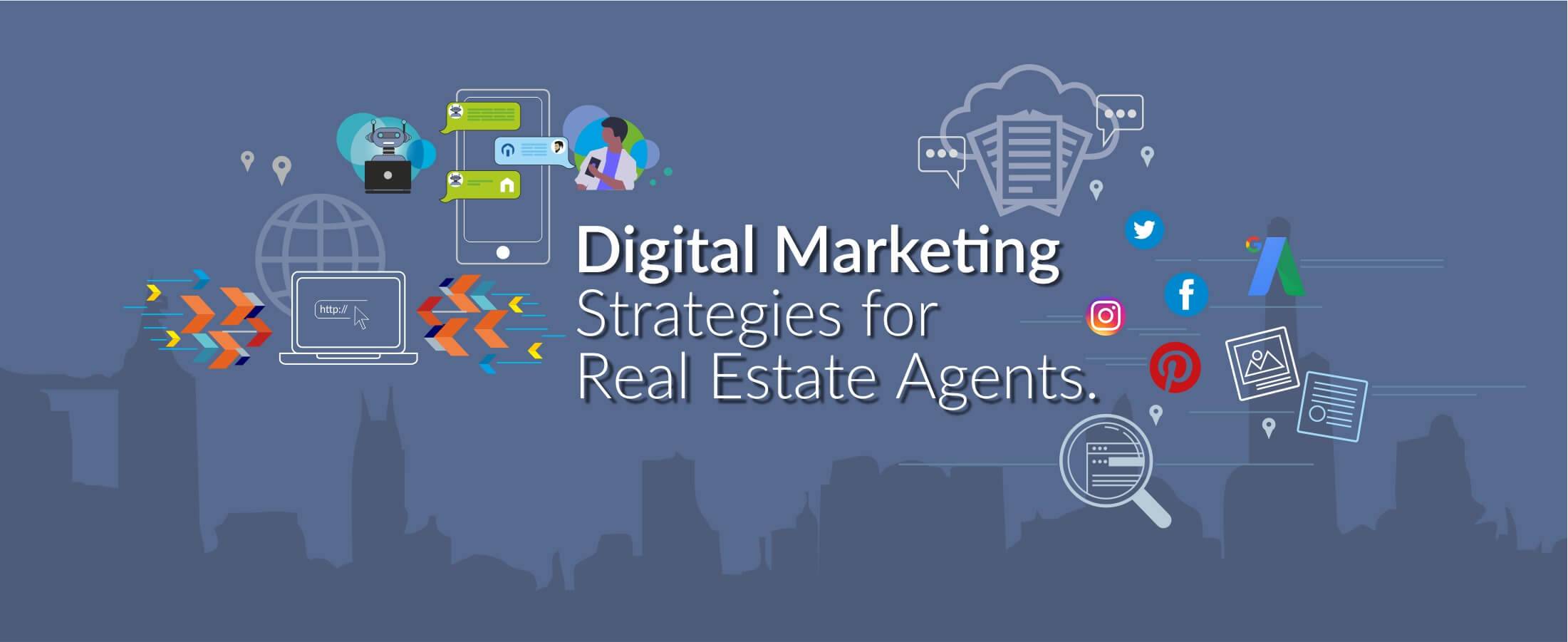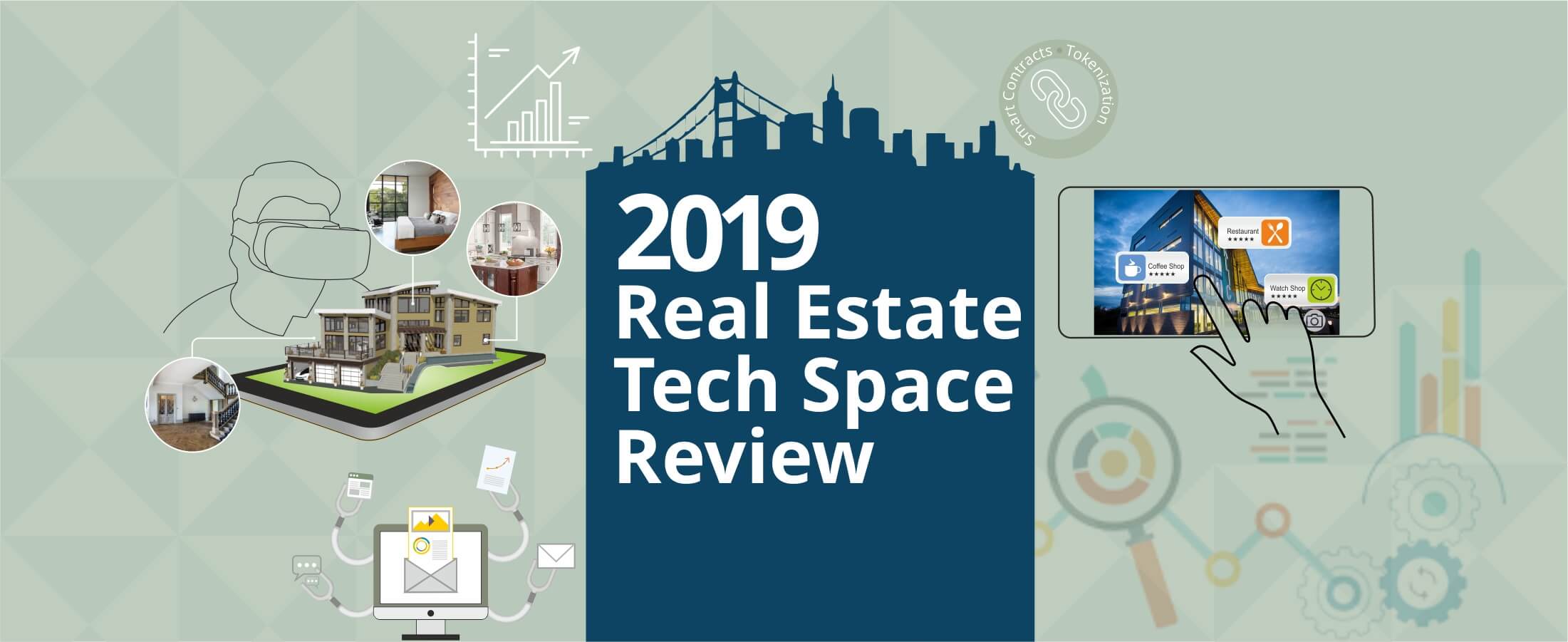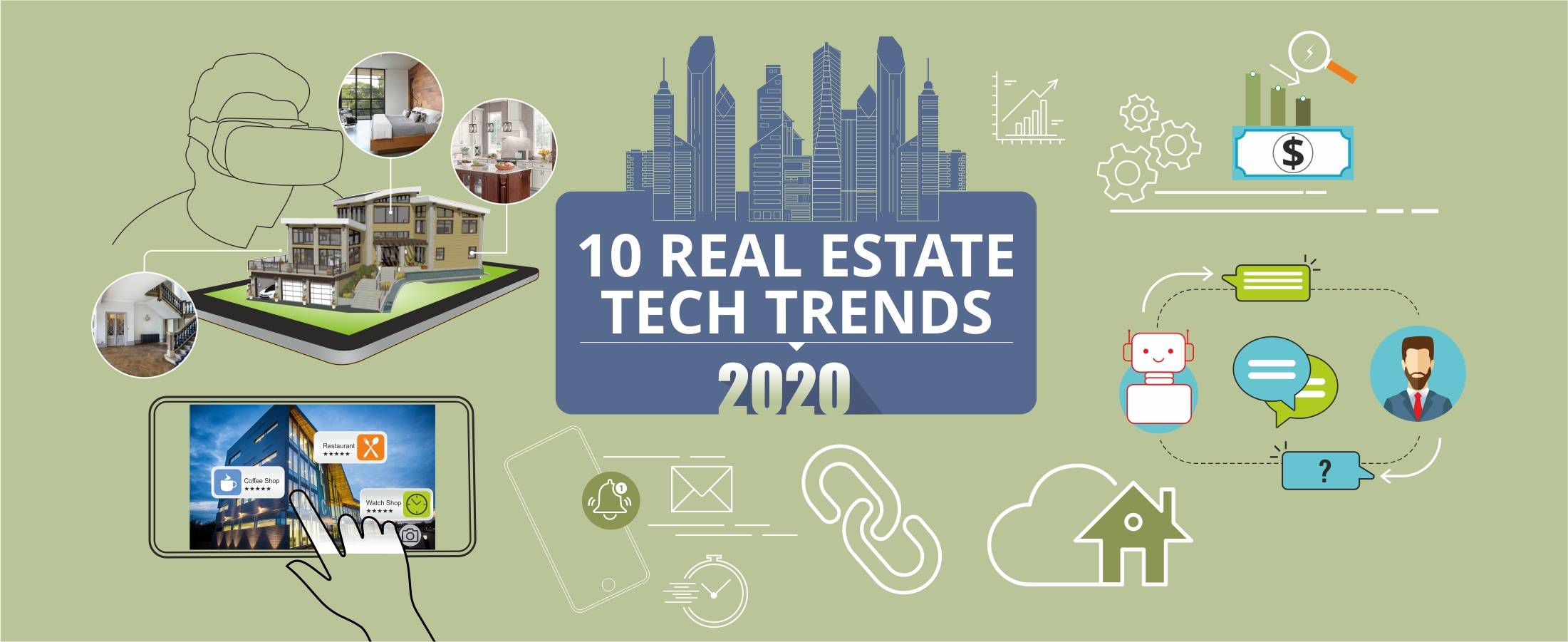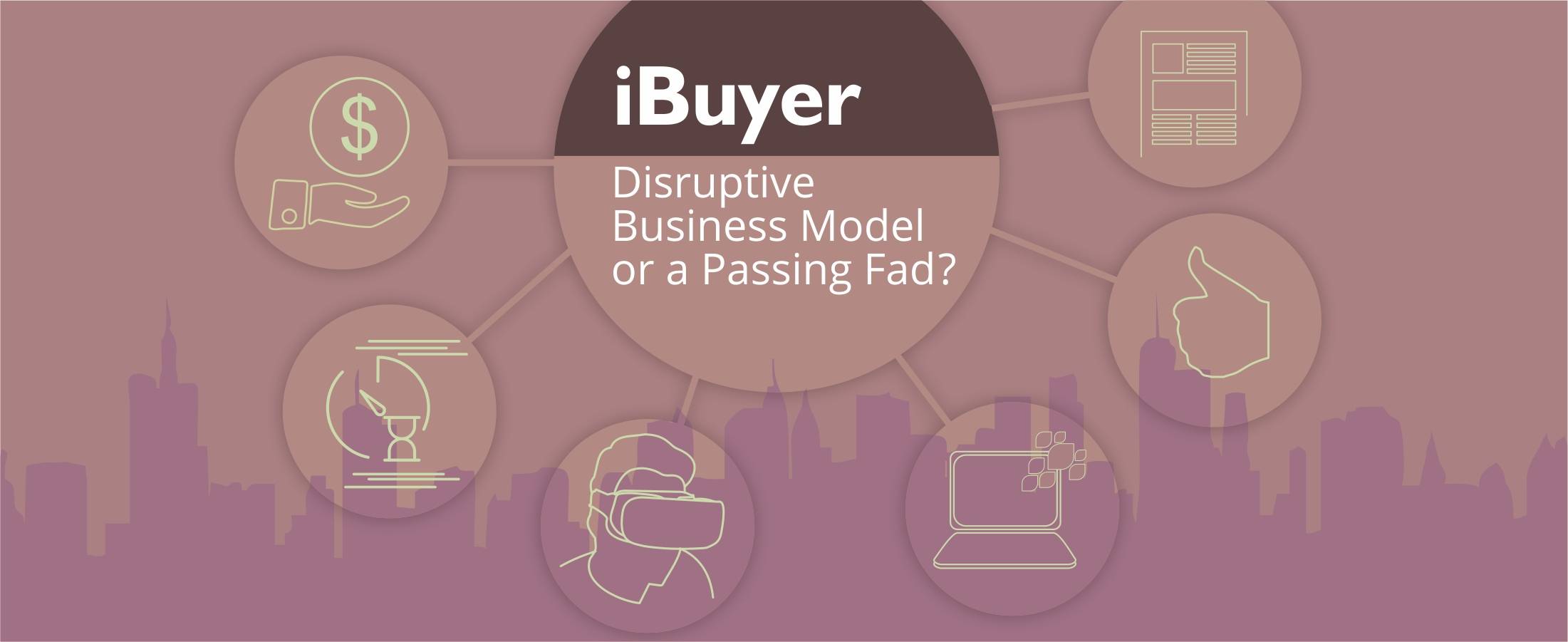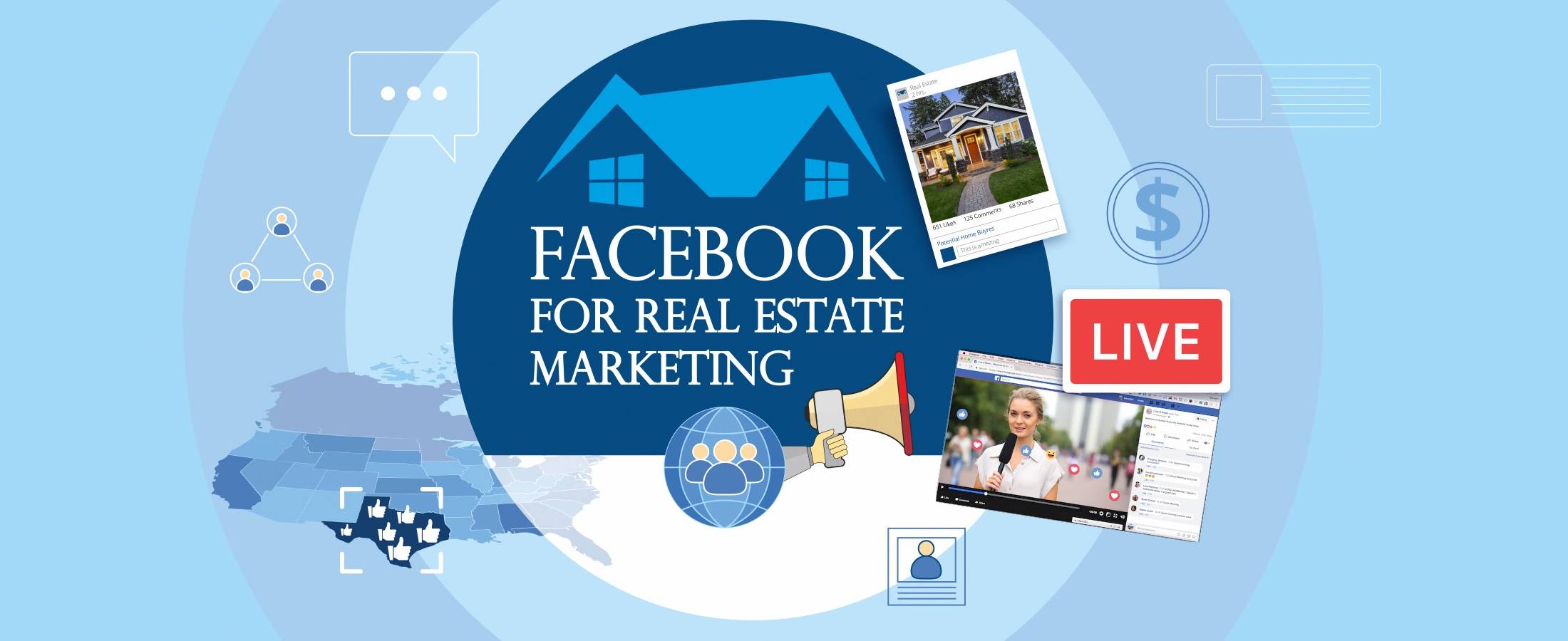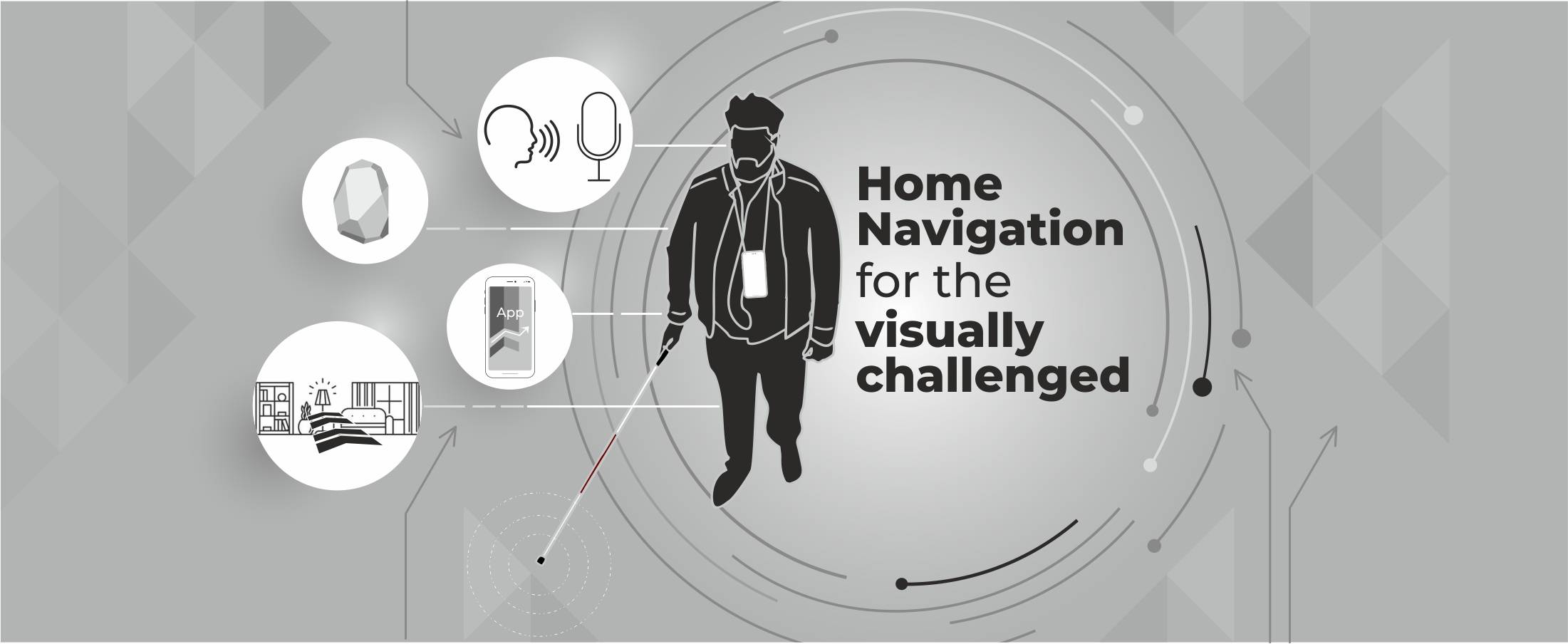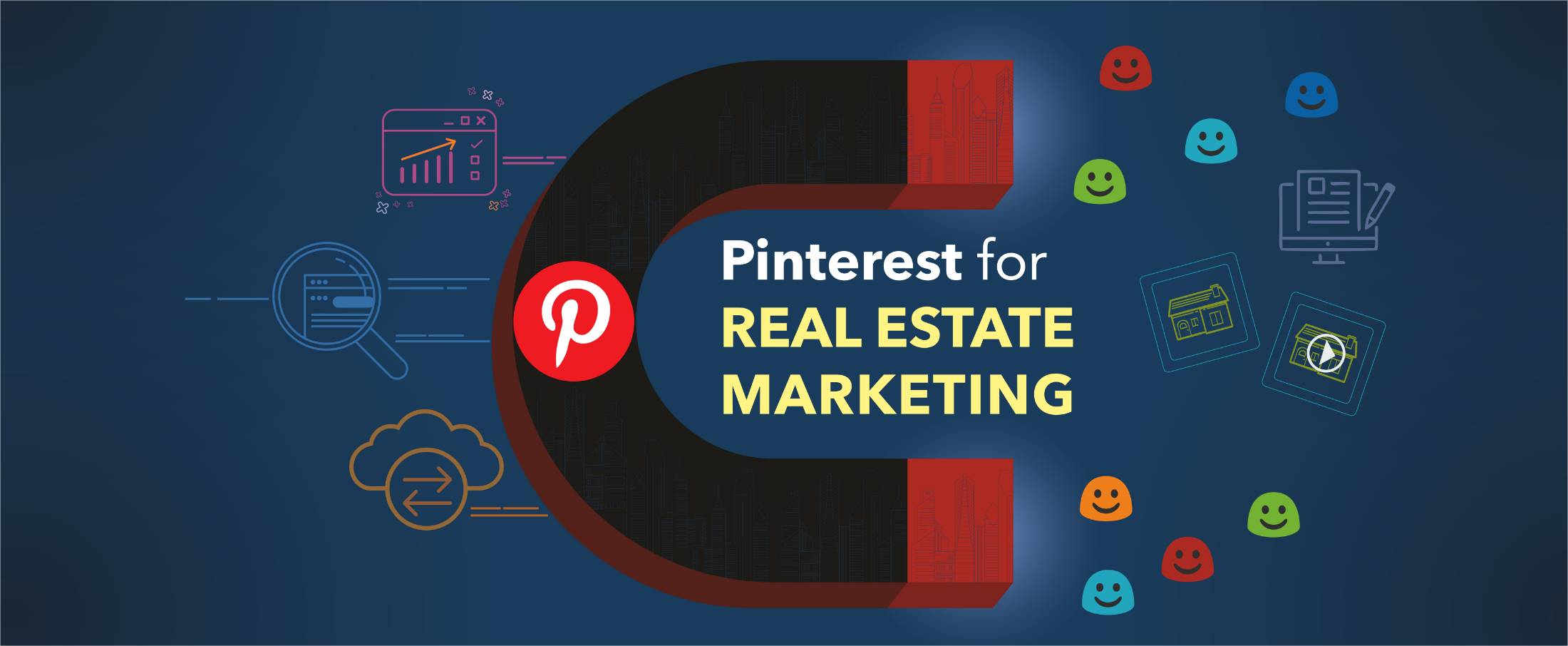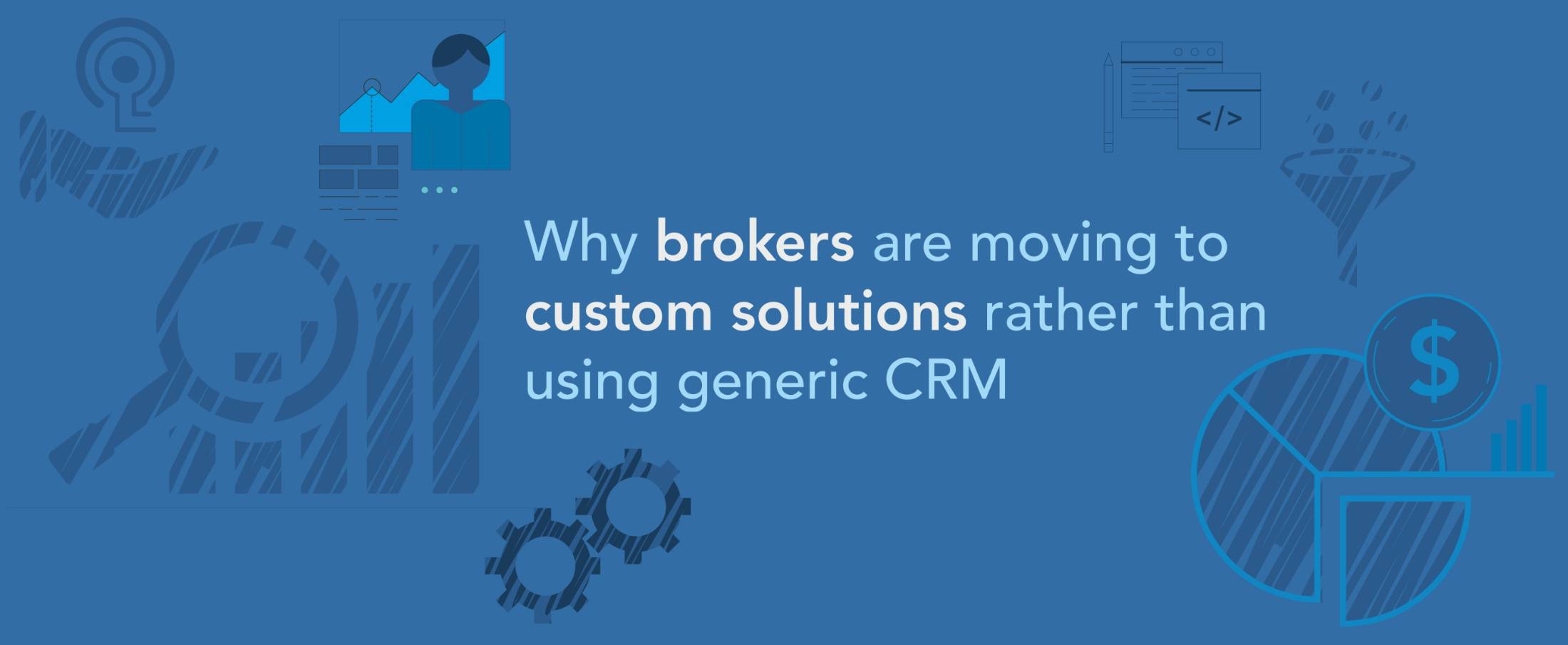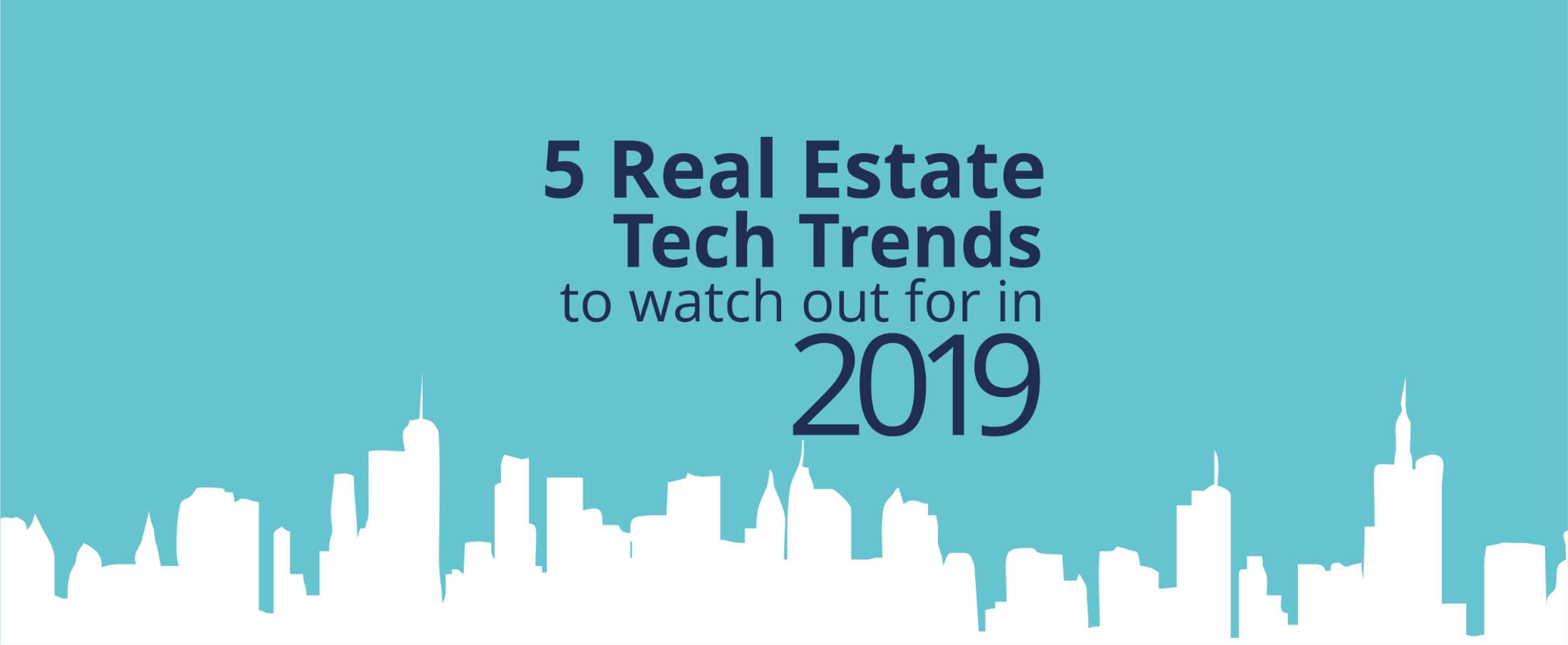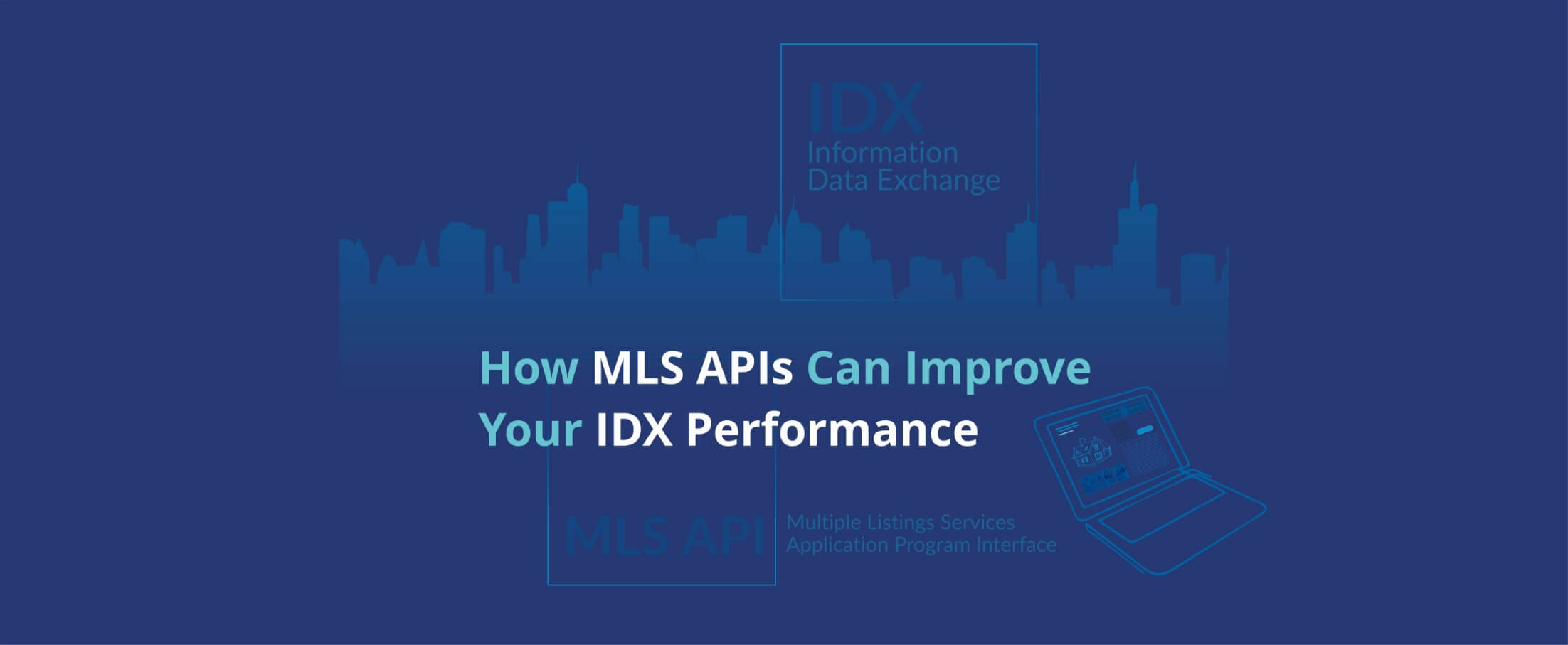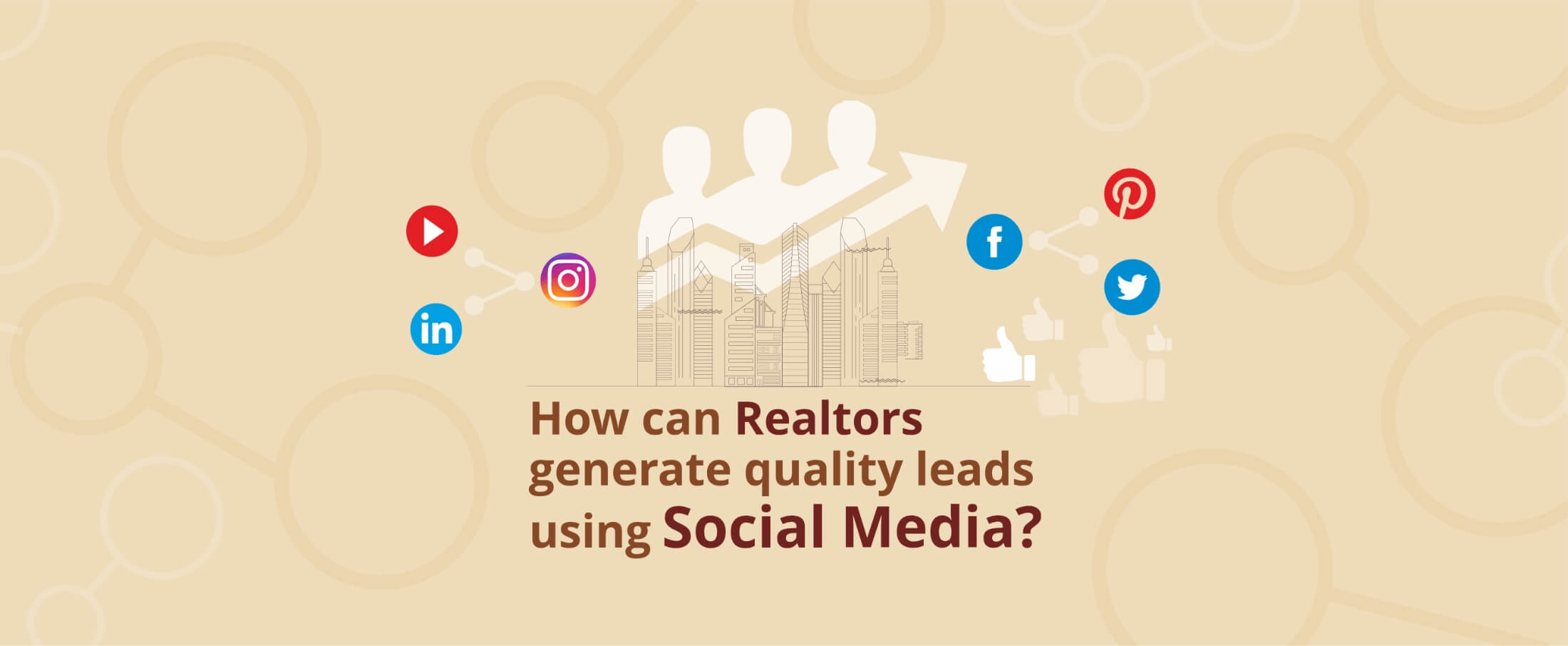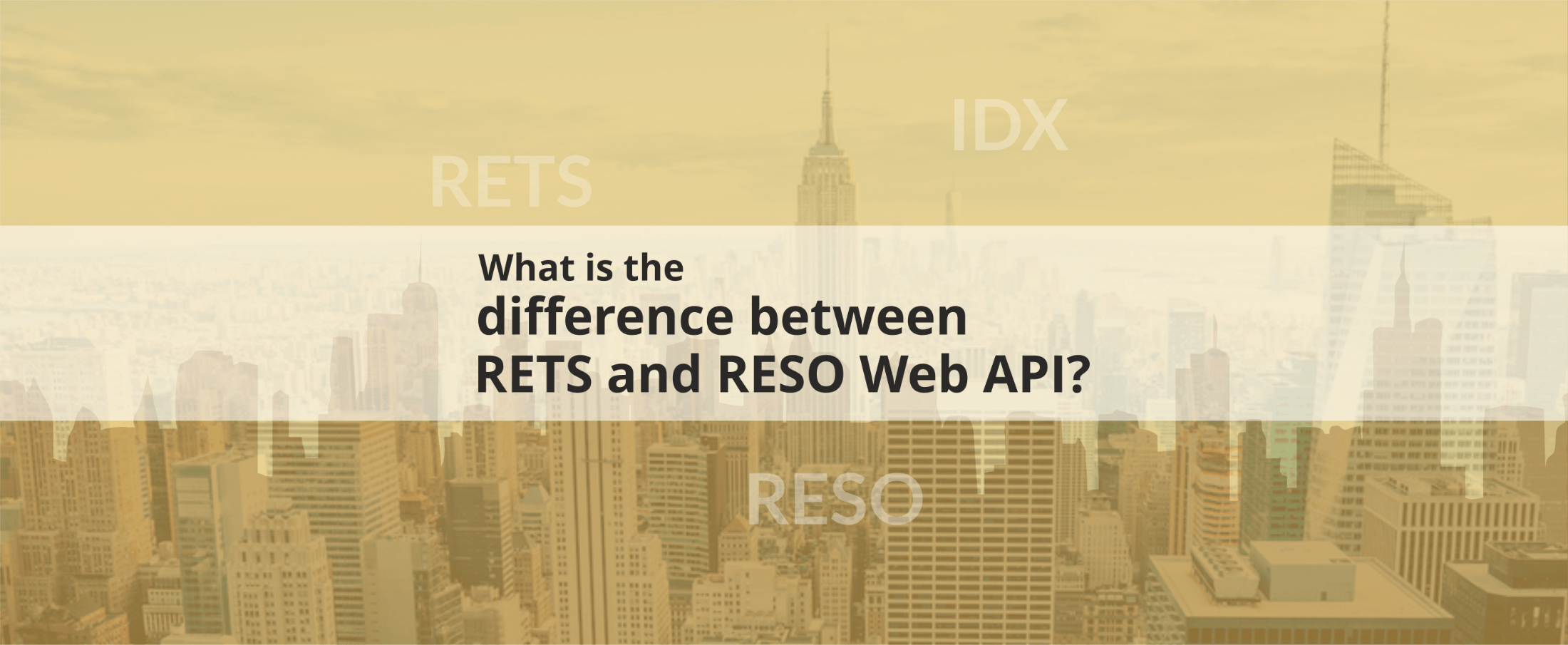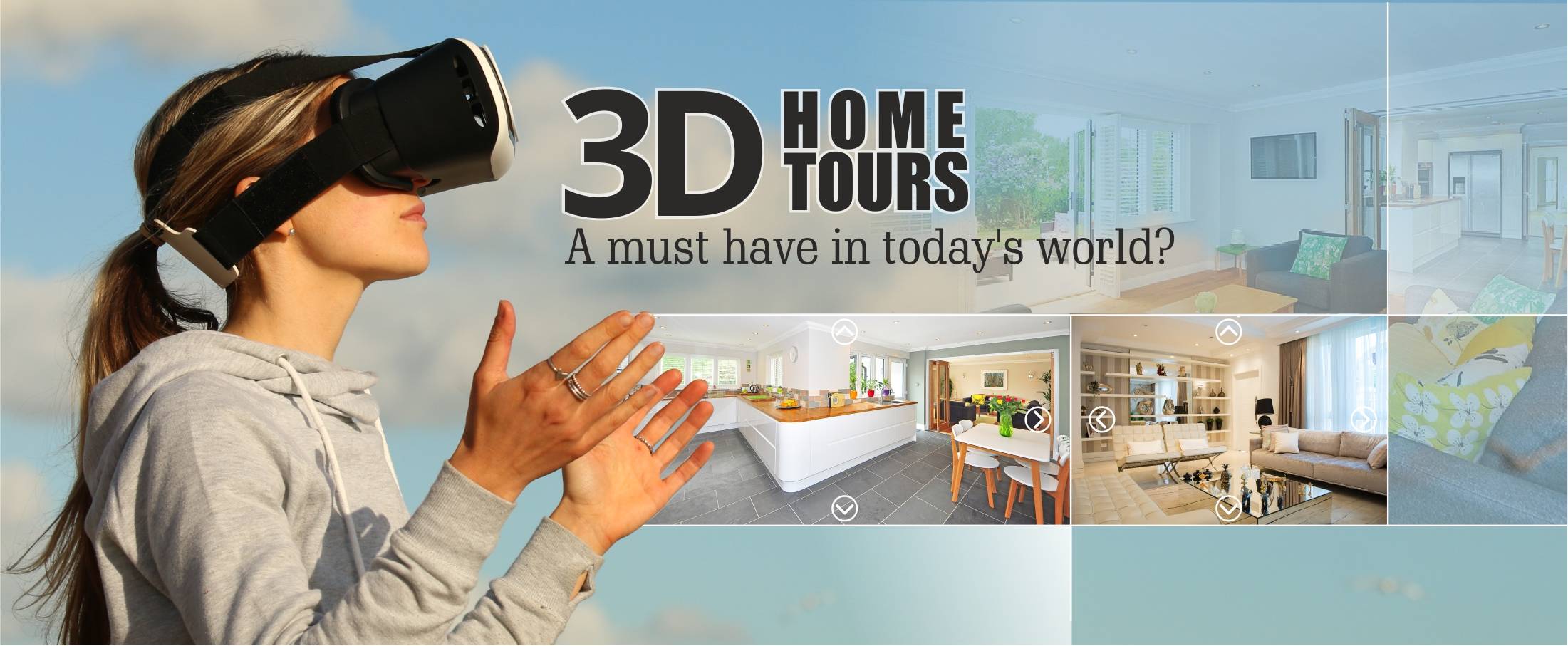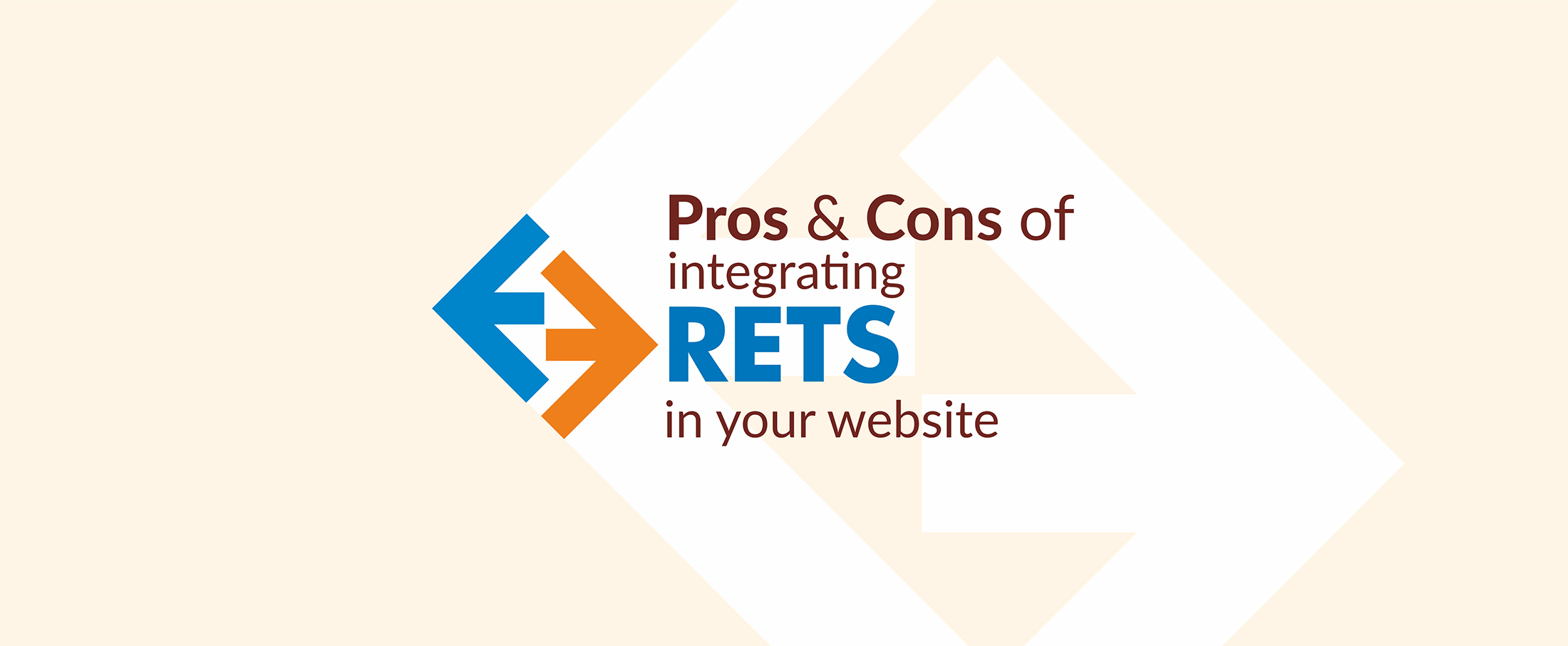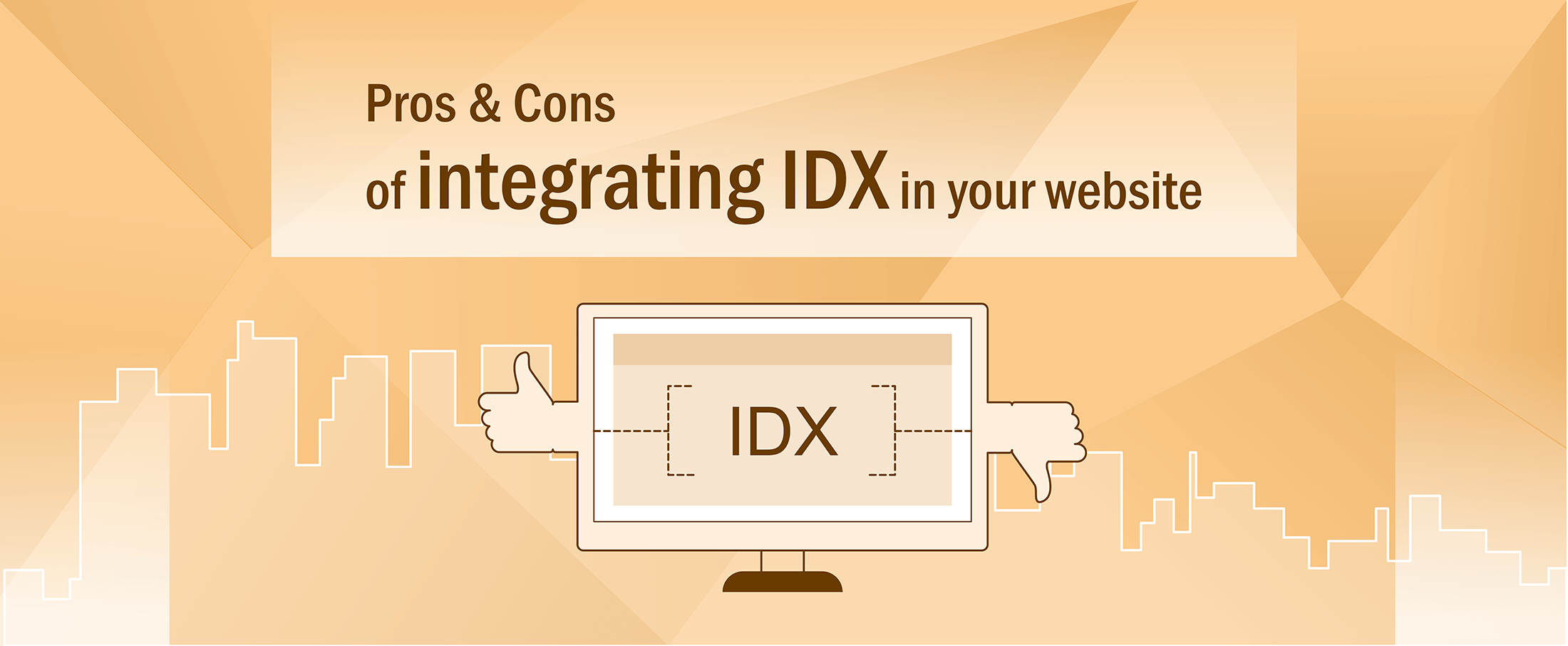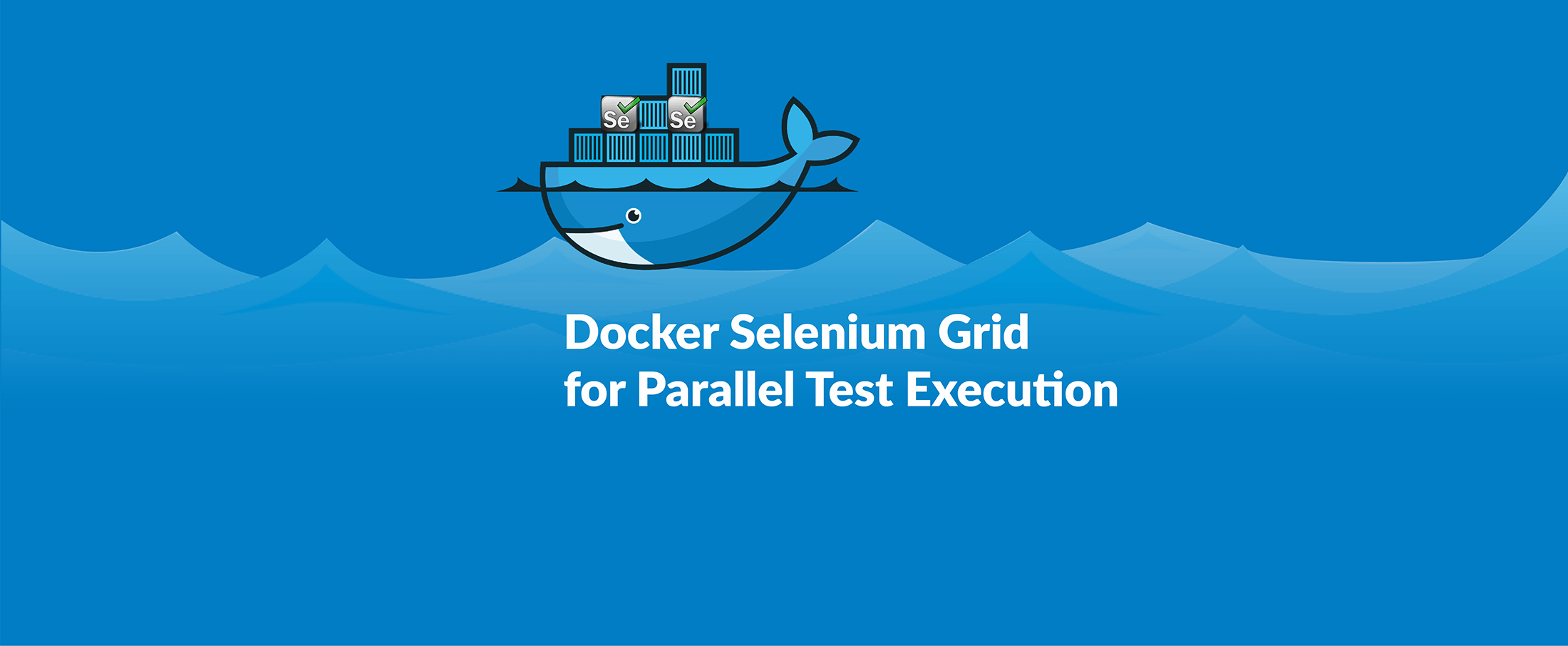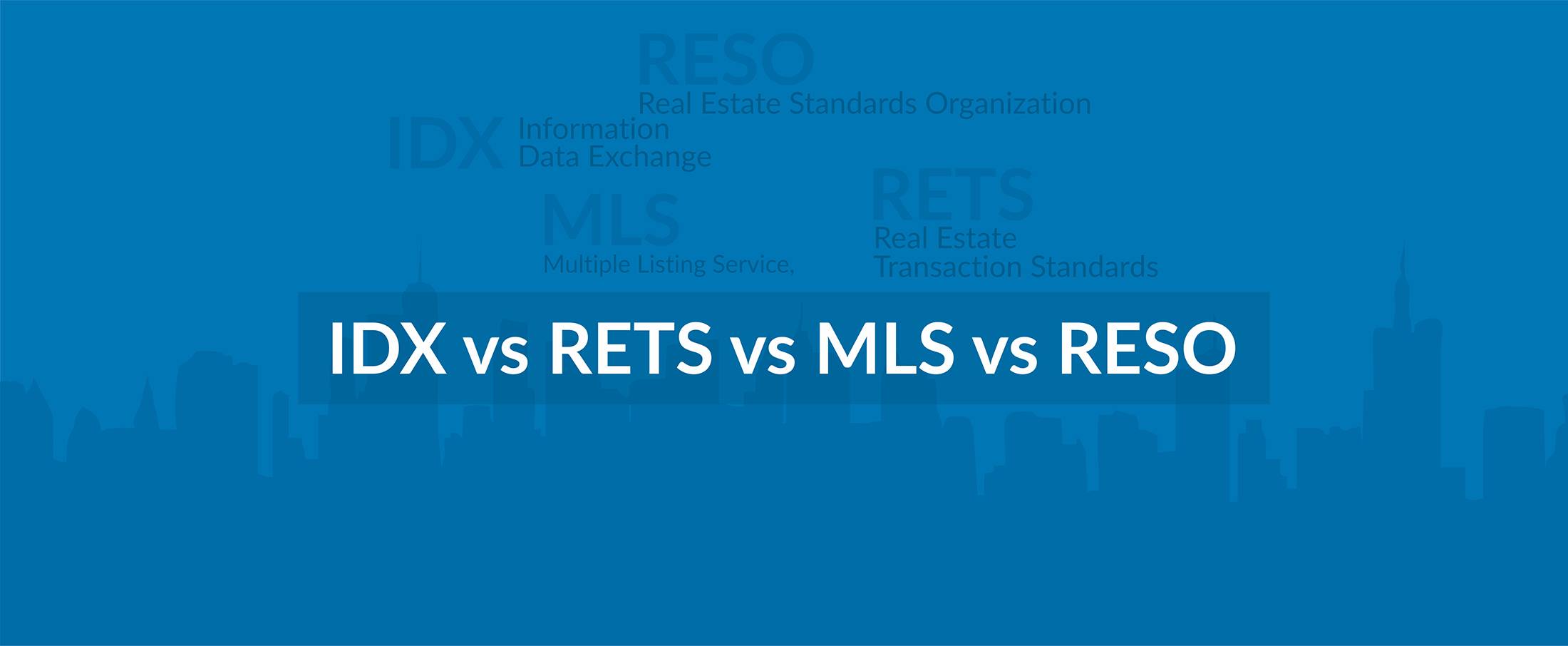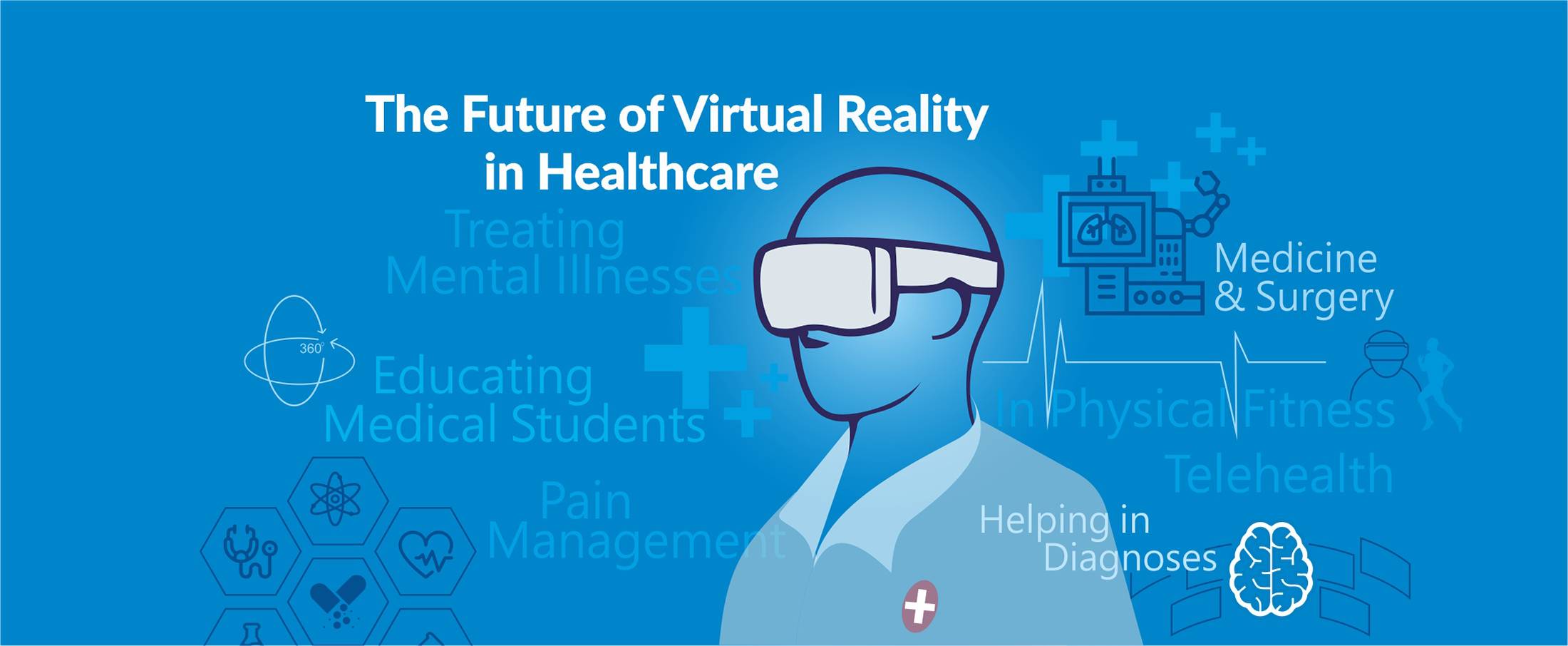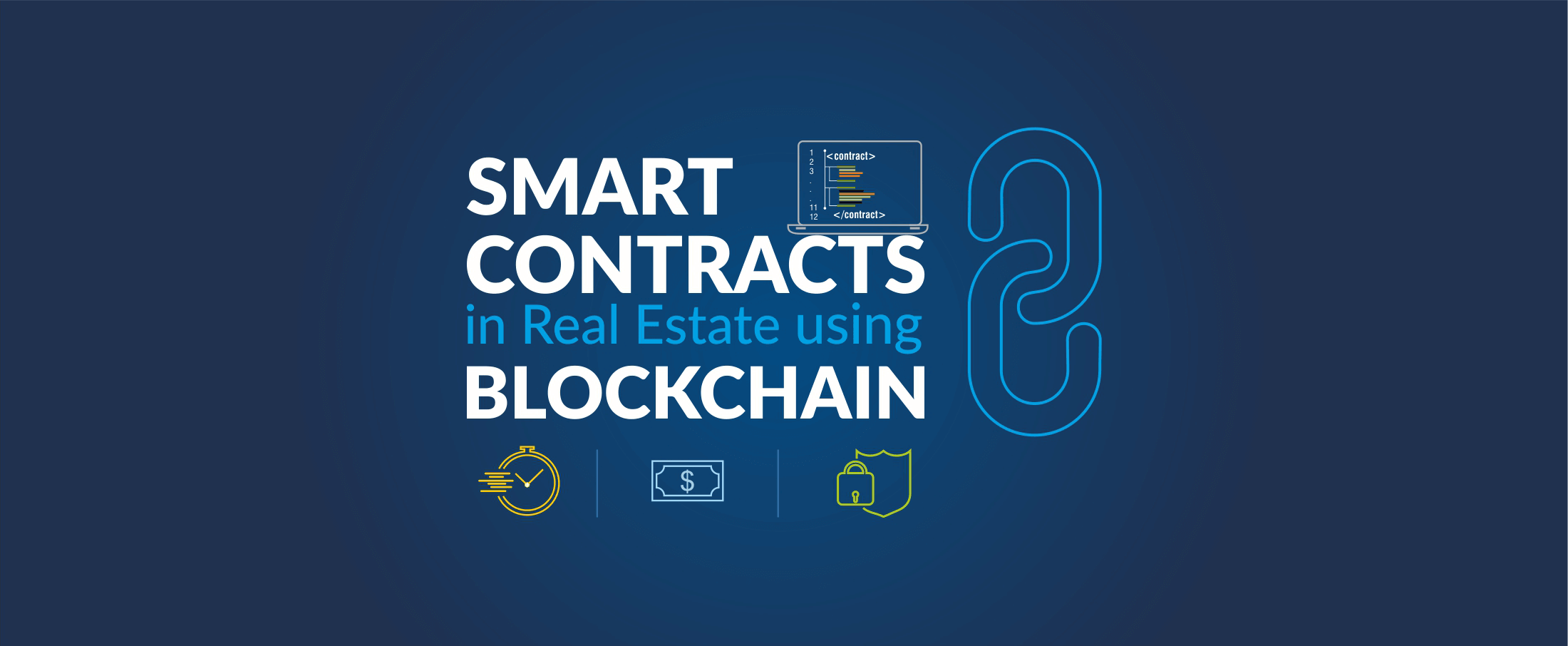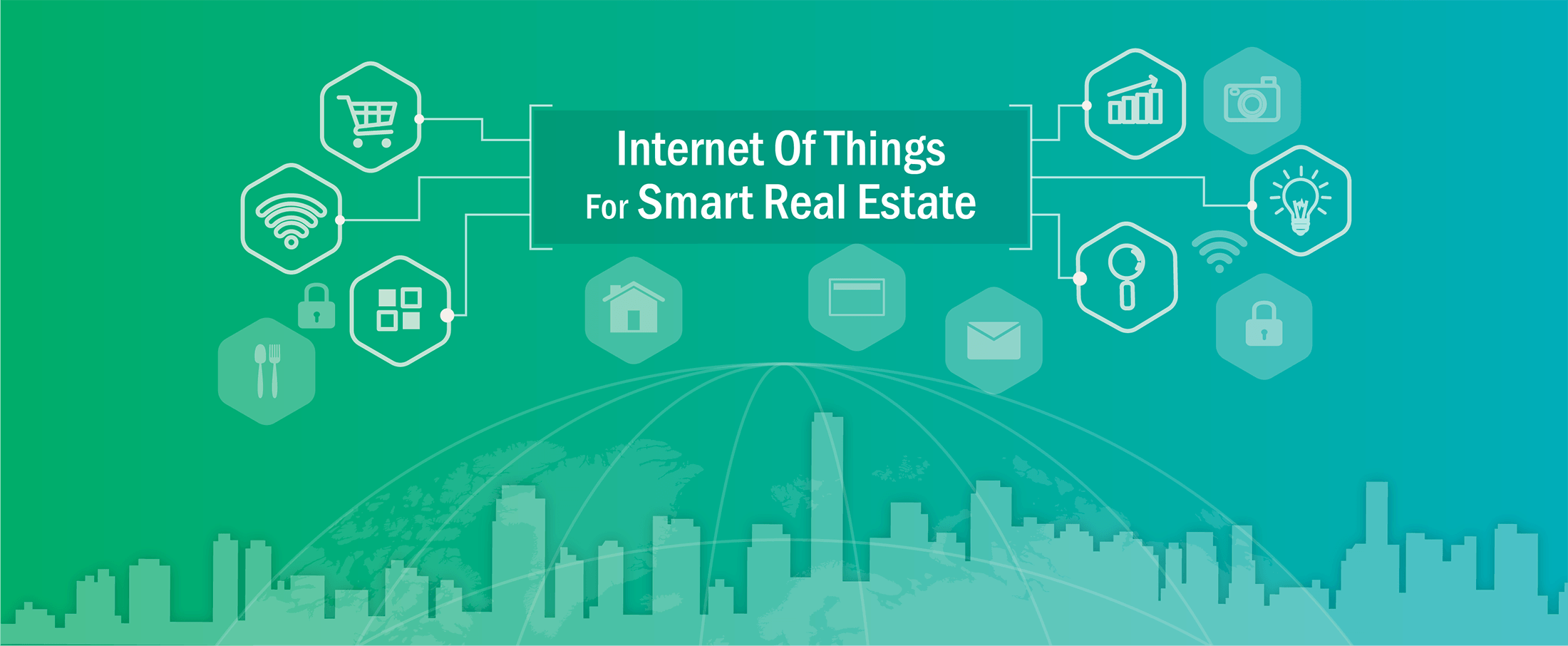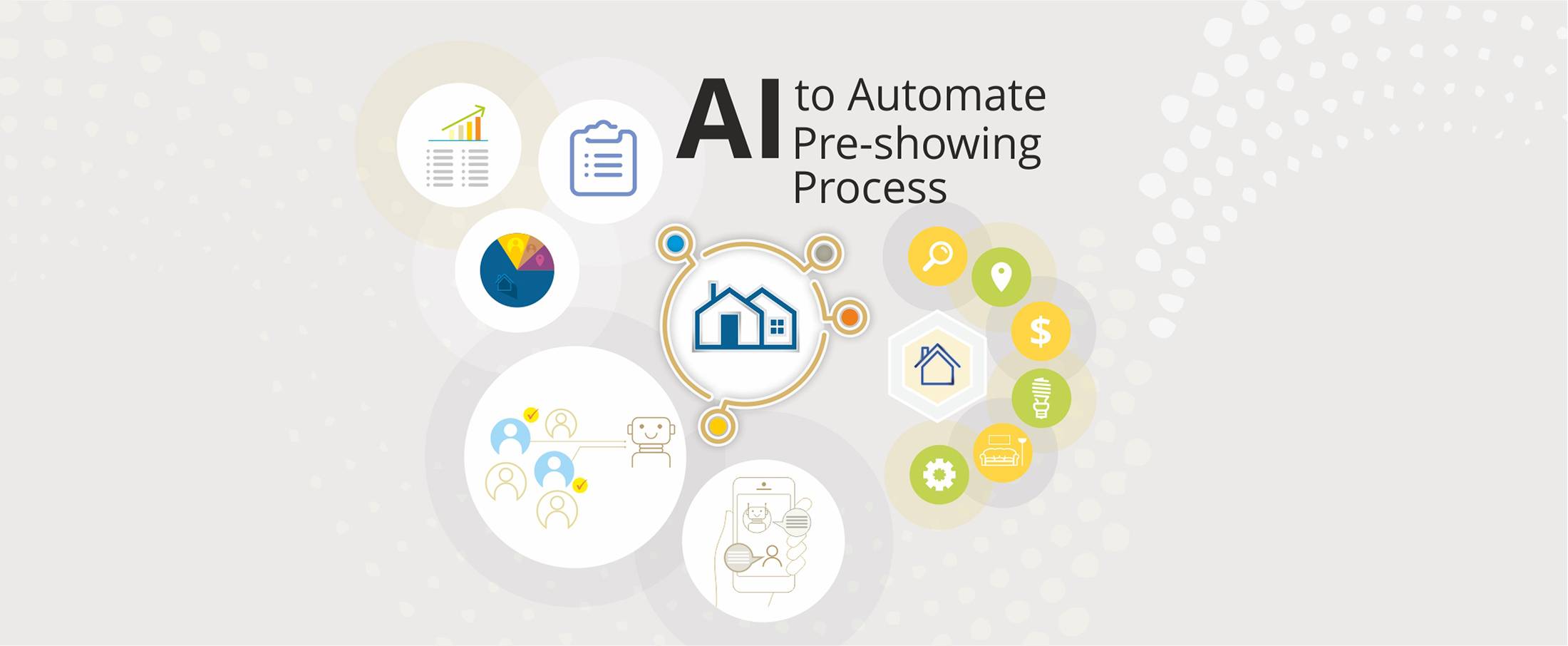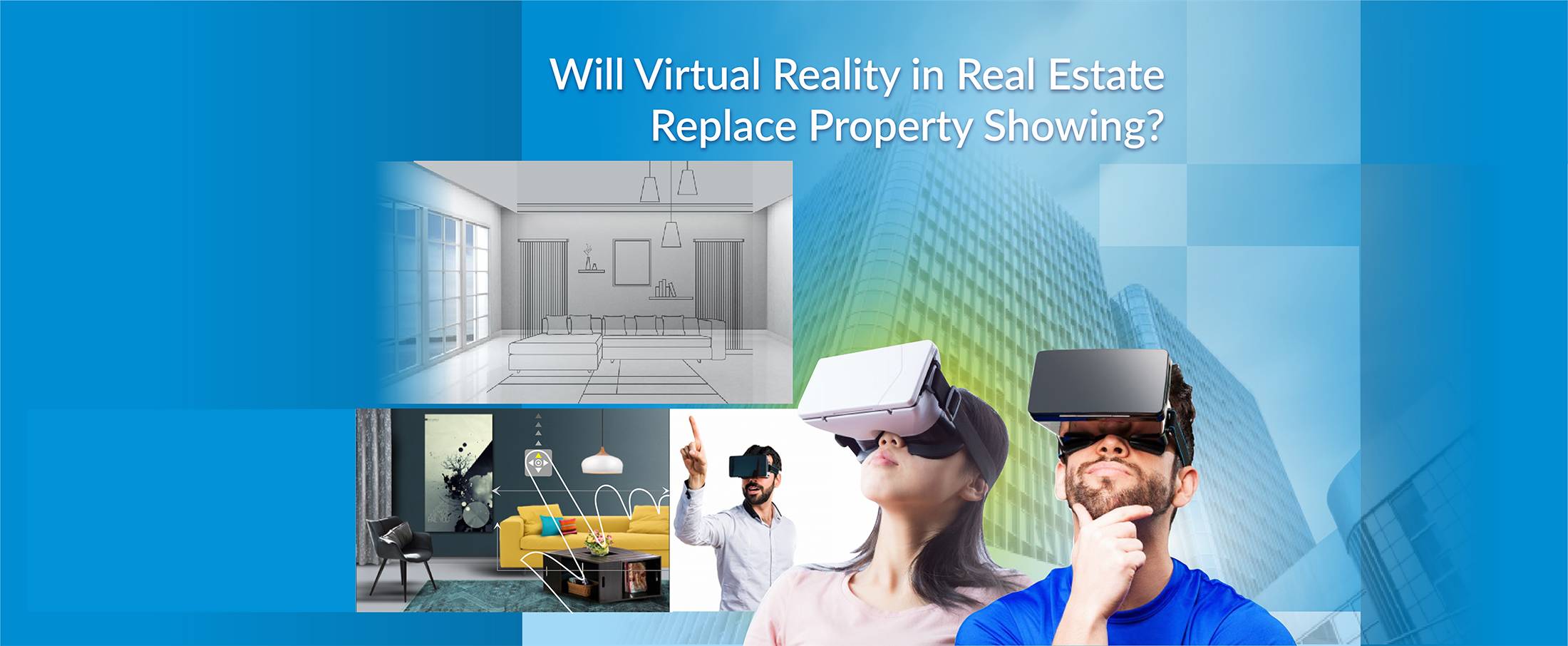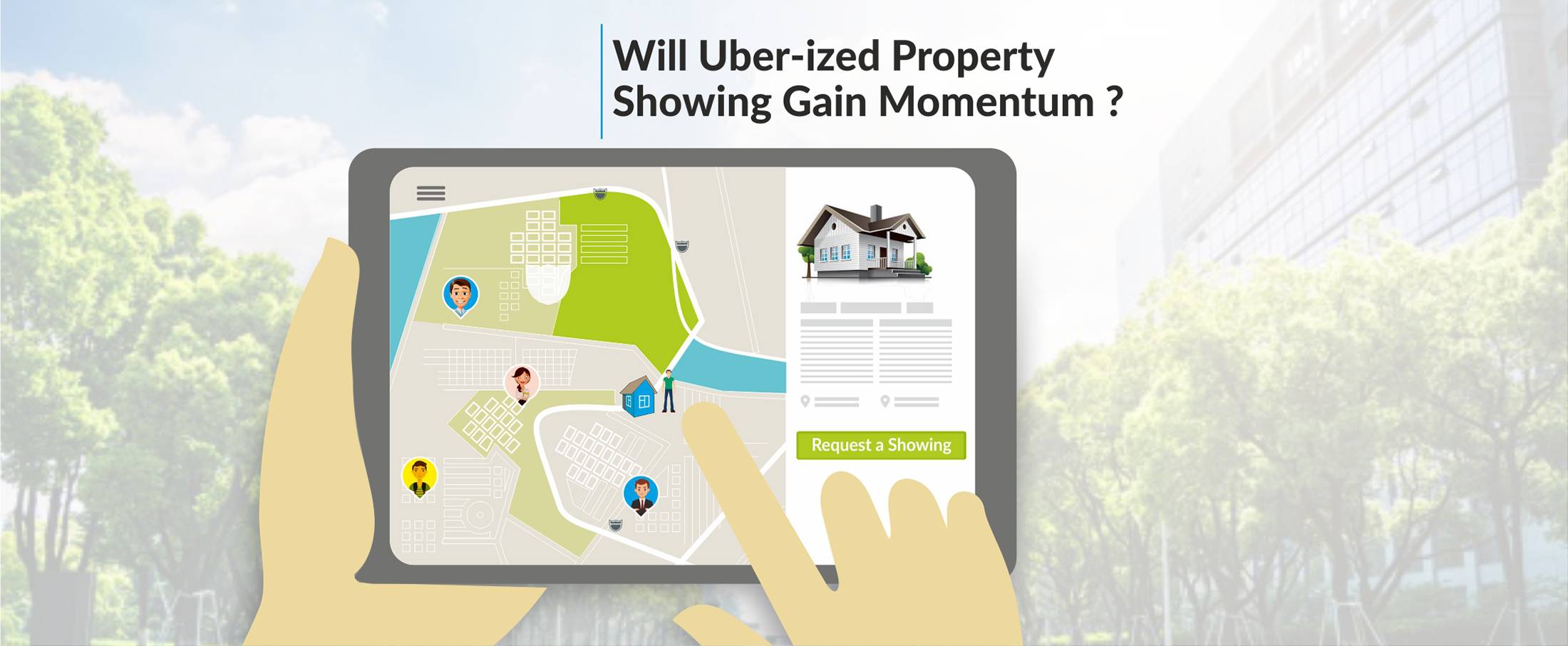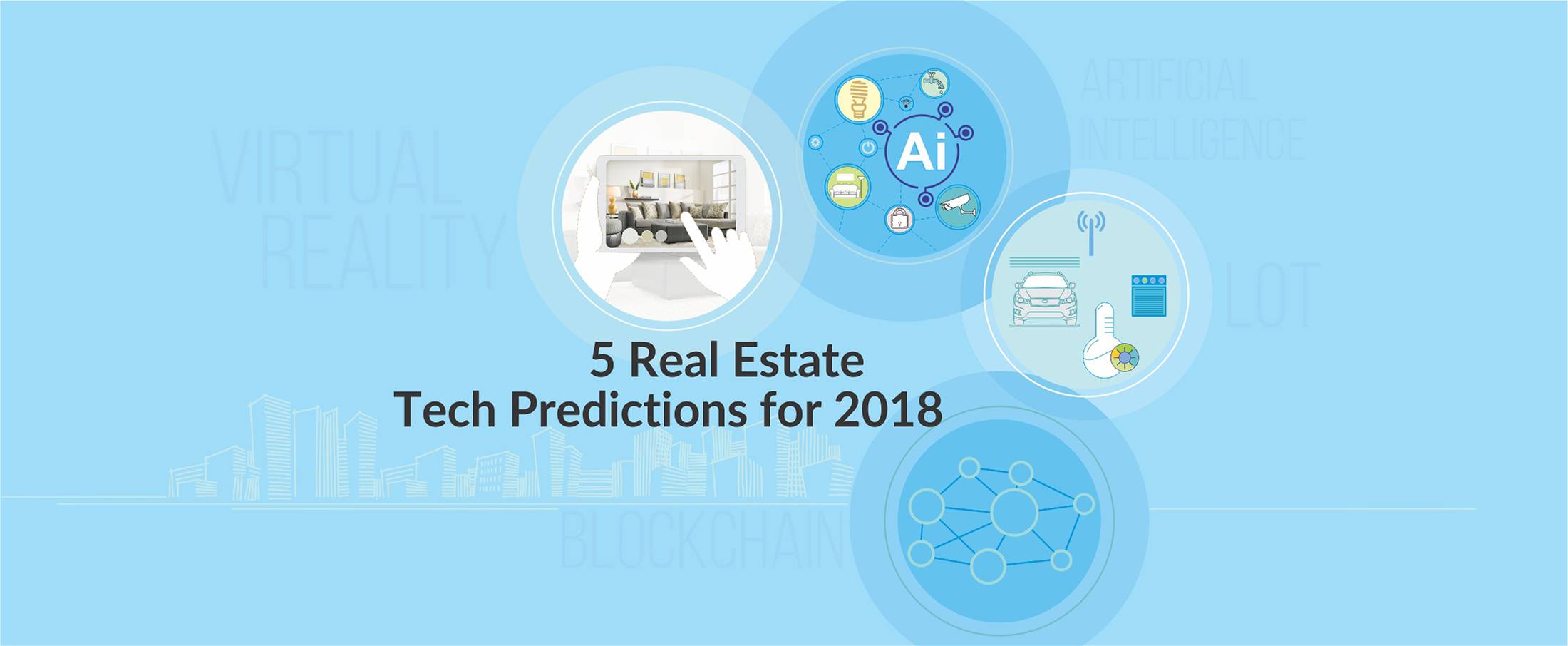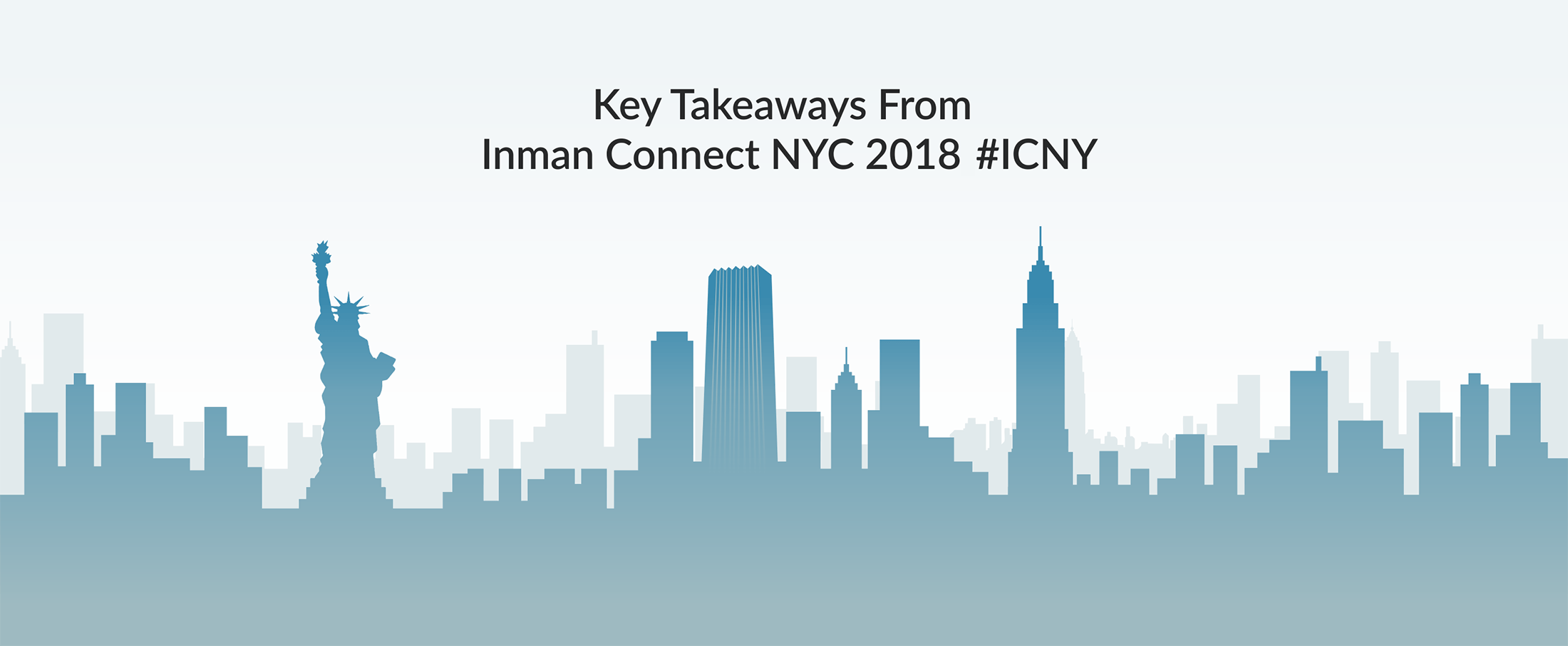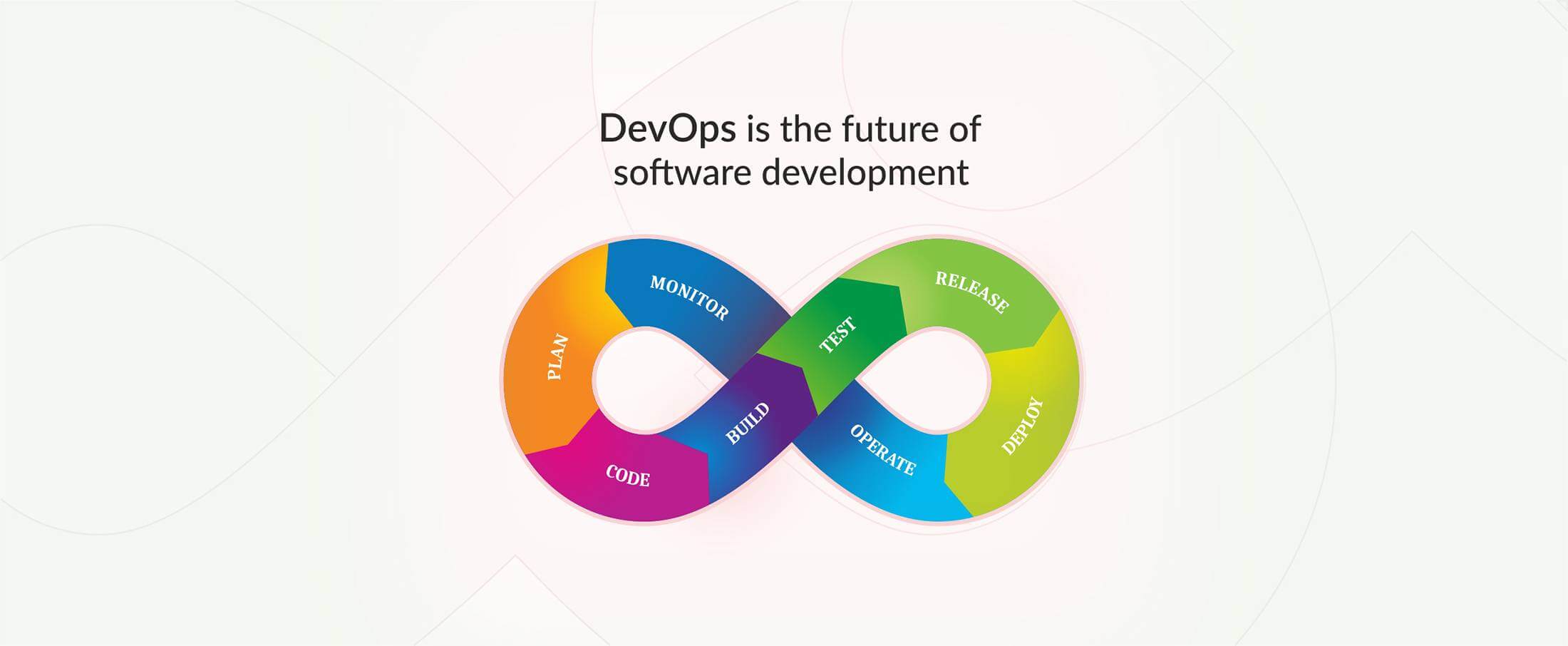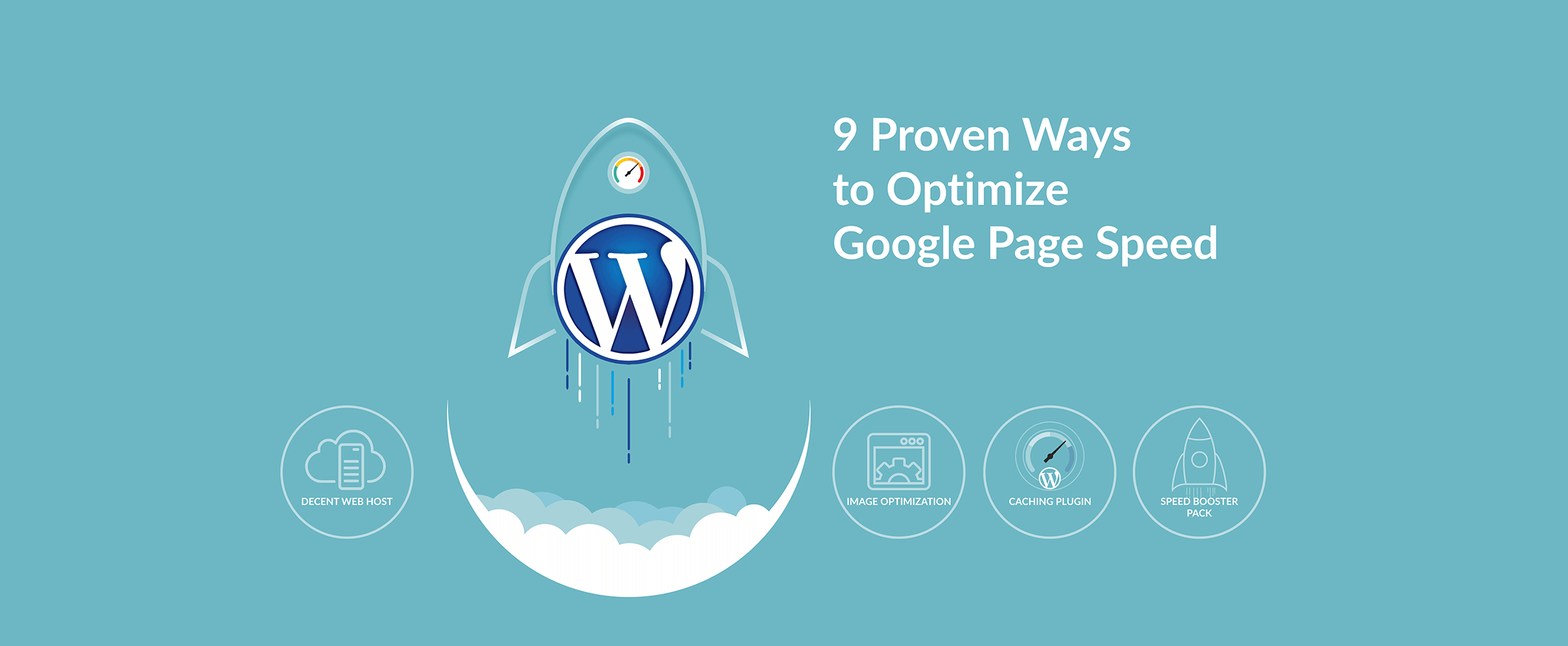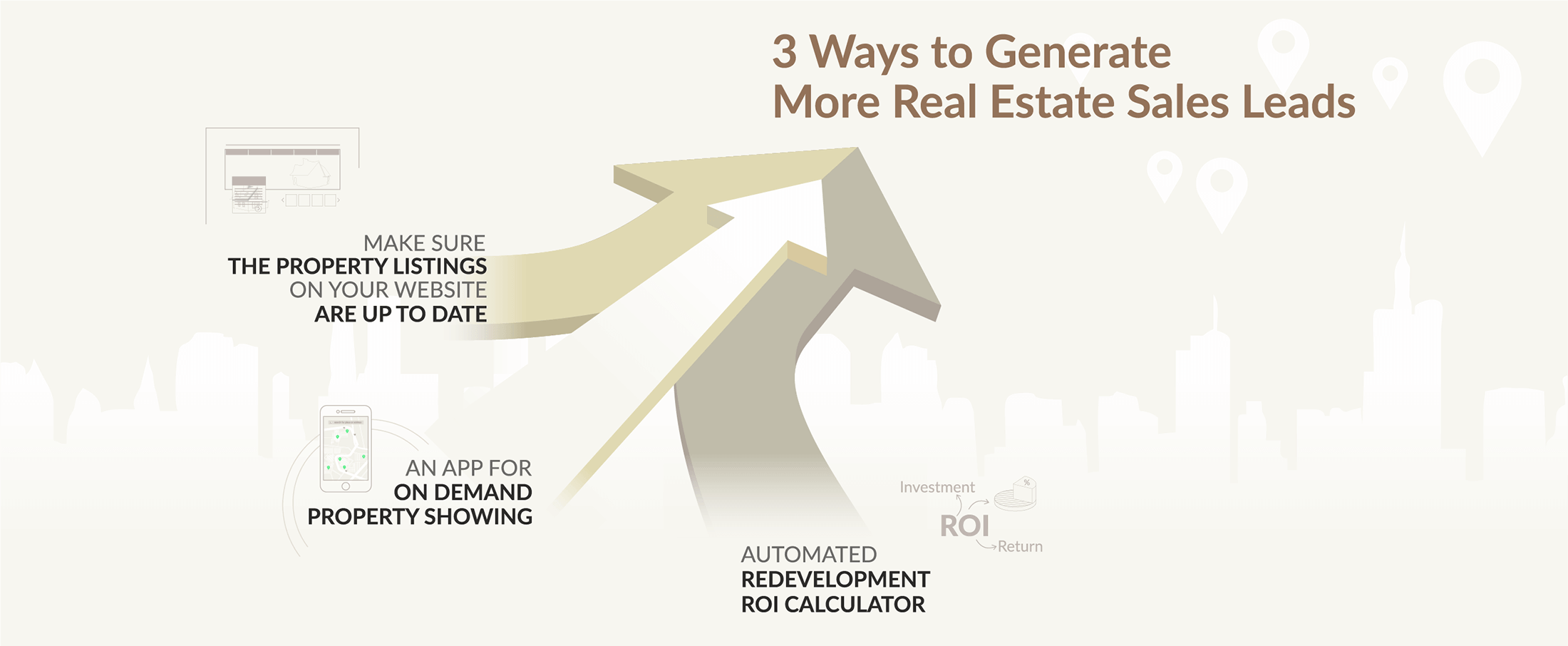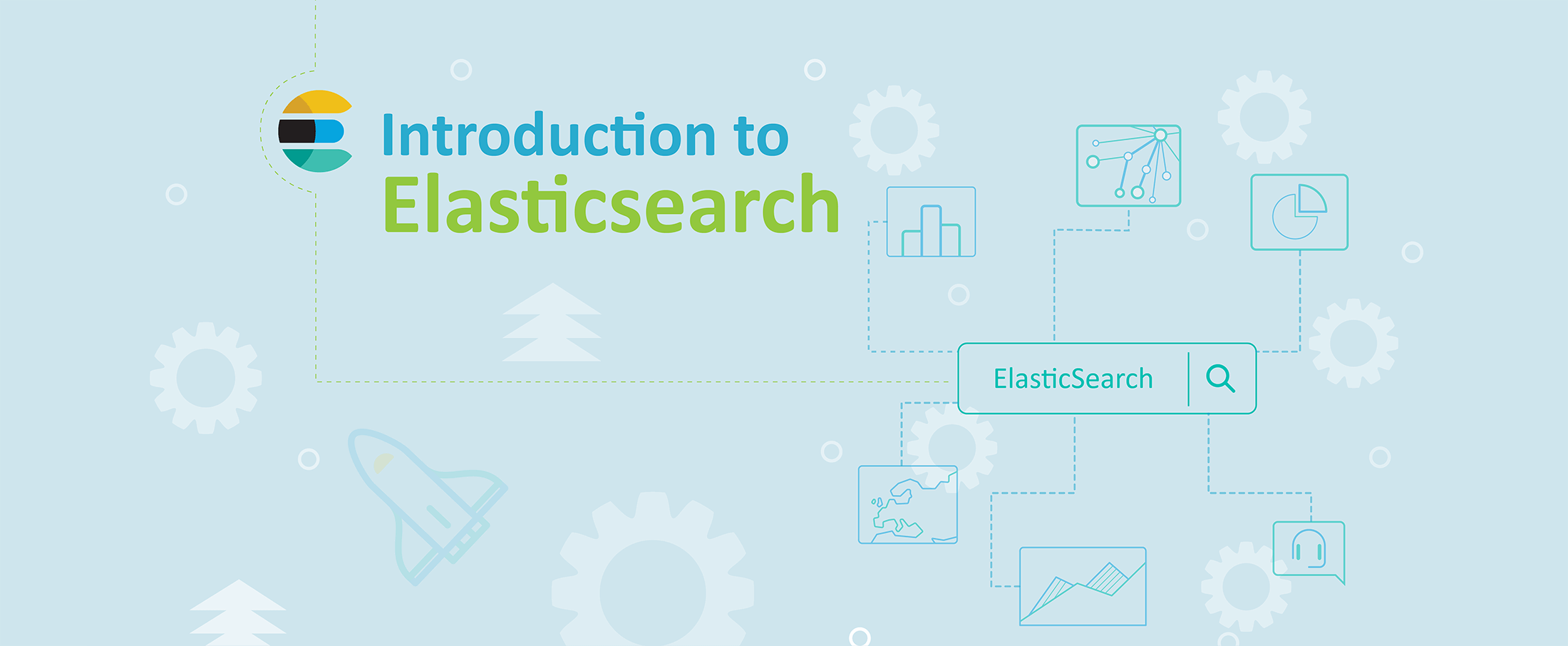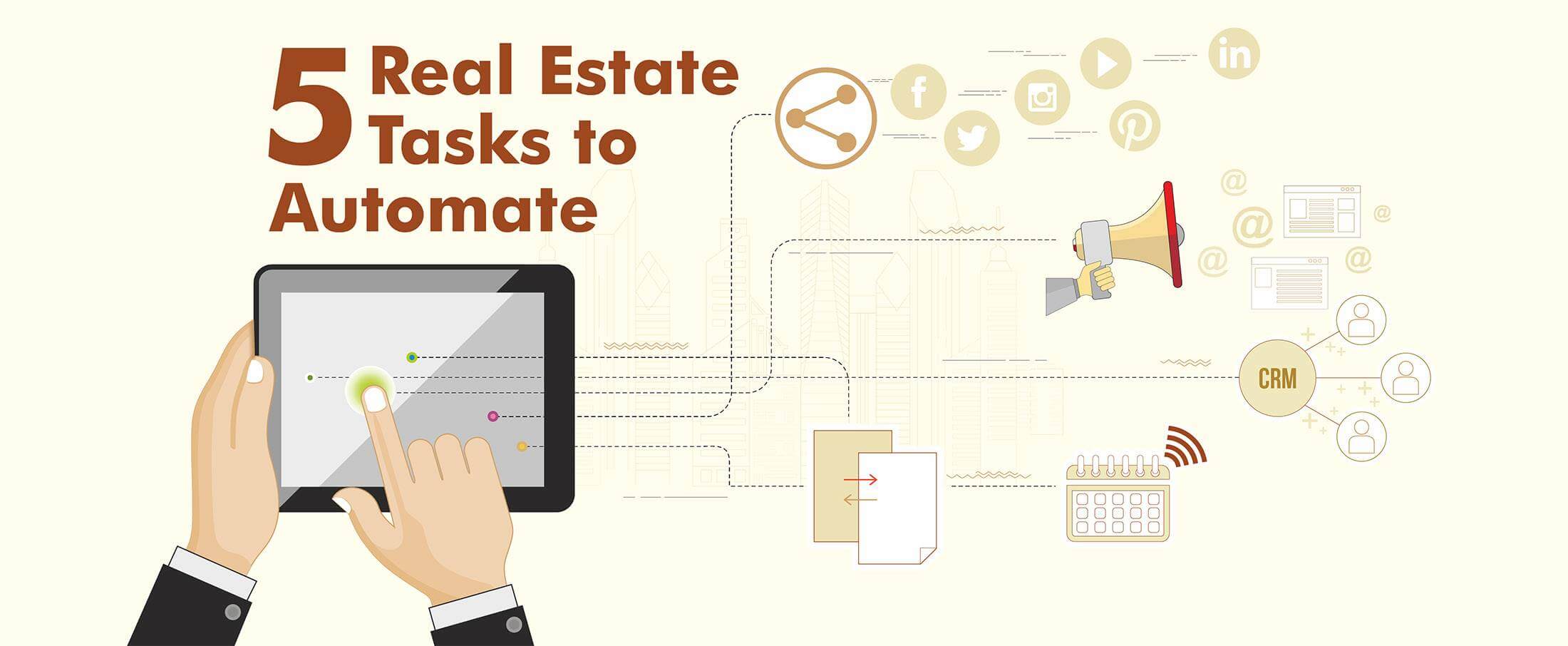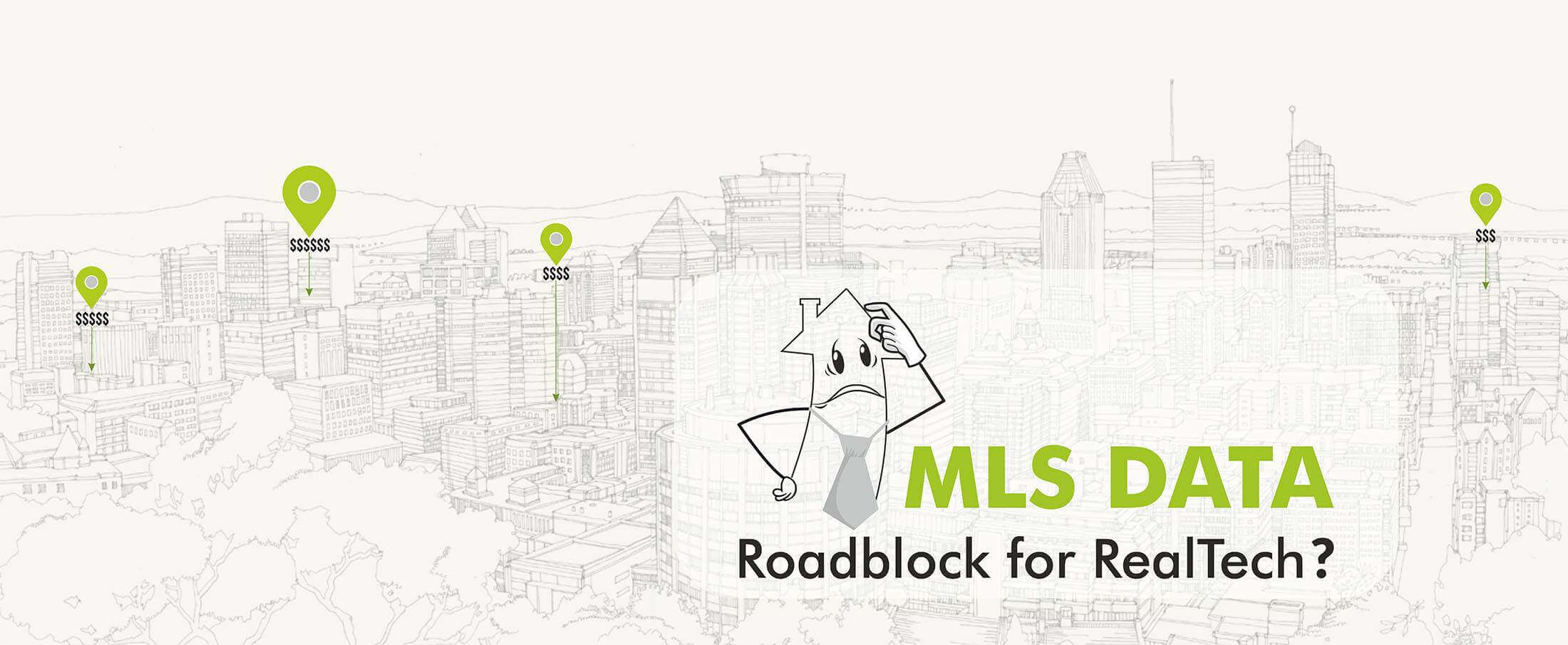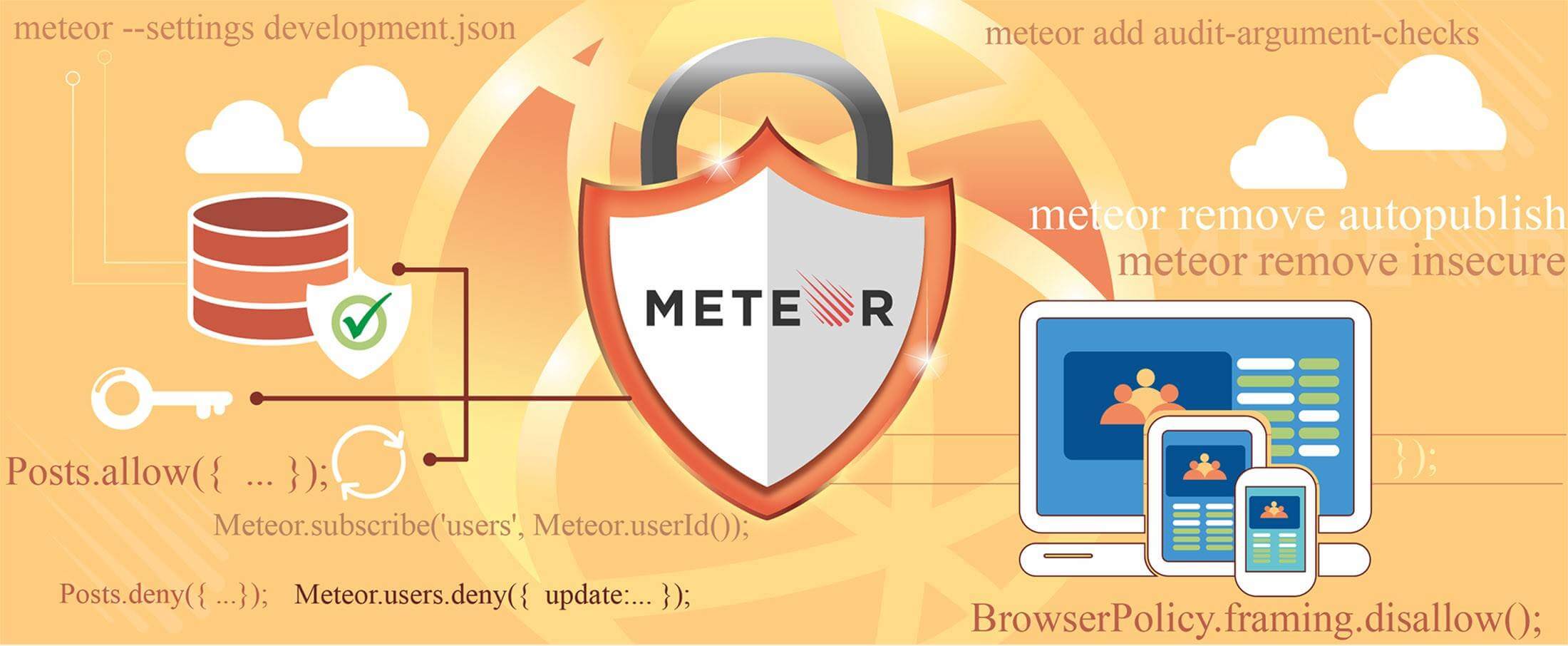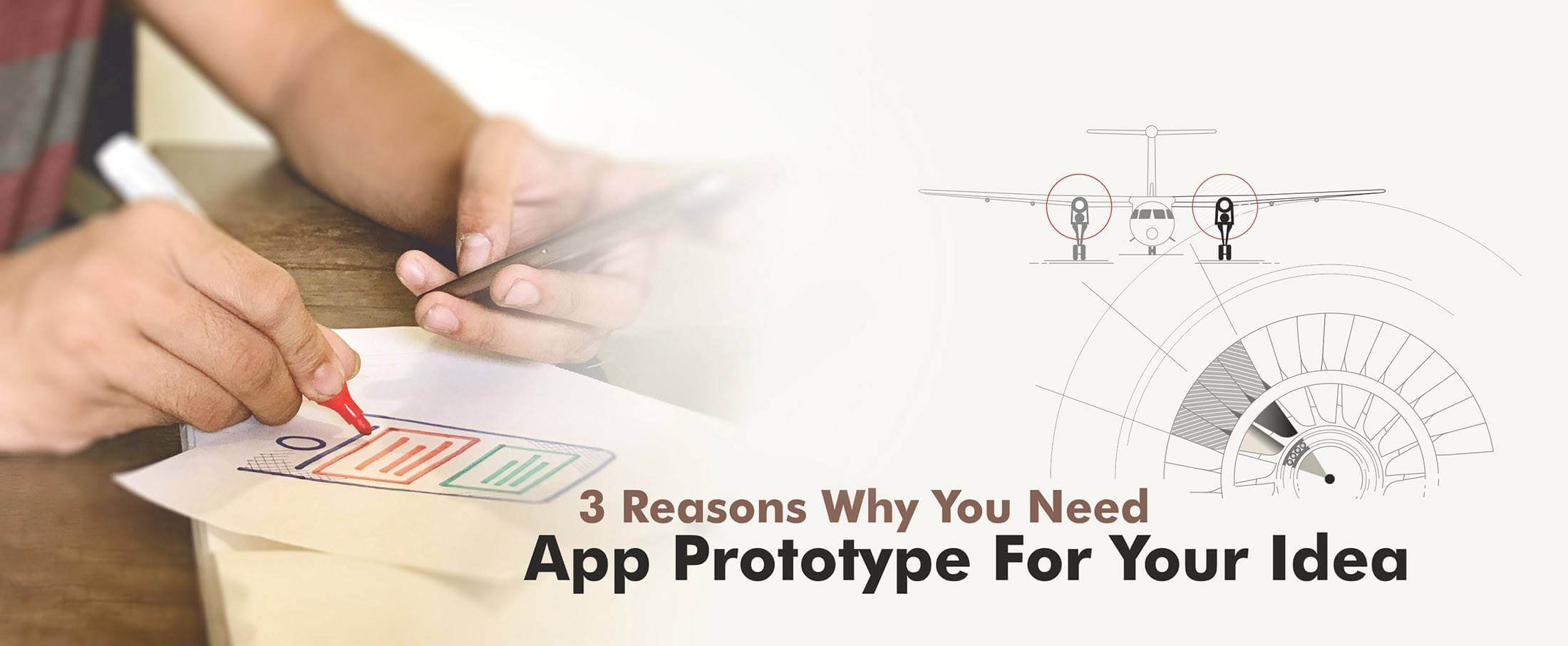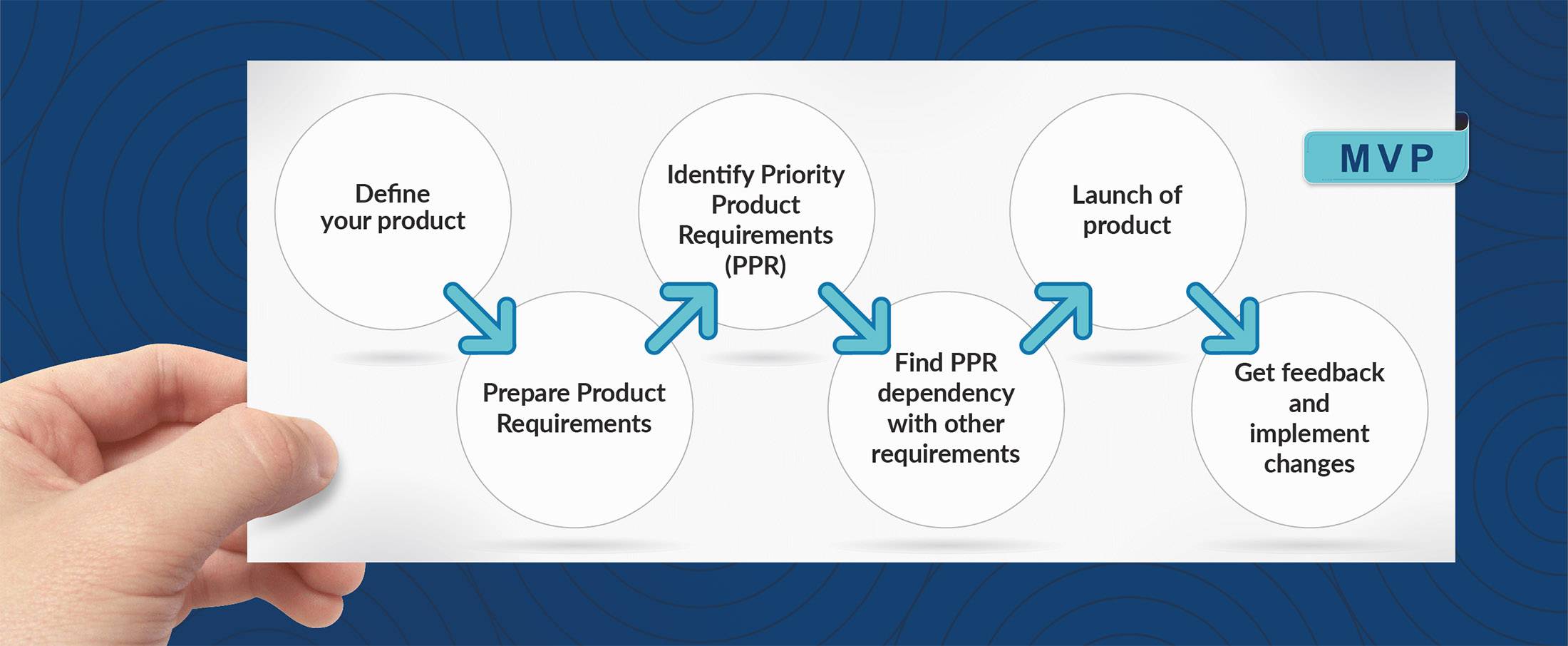3D Printing in Real Estate
3D Printing in Real Estate
Technology disrupts industries. Real estate has probably seen some of the highest number of disruptions come new, innovative inventions. Additive manufacturing is a new and very intriguing new technology in real estate that is taking ingenuity and convenience to a whole new level. Colloquially, it is called 3D Printing.
3D Printing has been doing the rounds of the media for quite a while now. It is being used in all spheres of business to create things ranging from commonplace to rare. Scientists have gone so far as to create a human ear (yes, you read that right!) using a 3D printer. But what implications has this technology gotten on real estate?
3D Printed Constructions
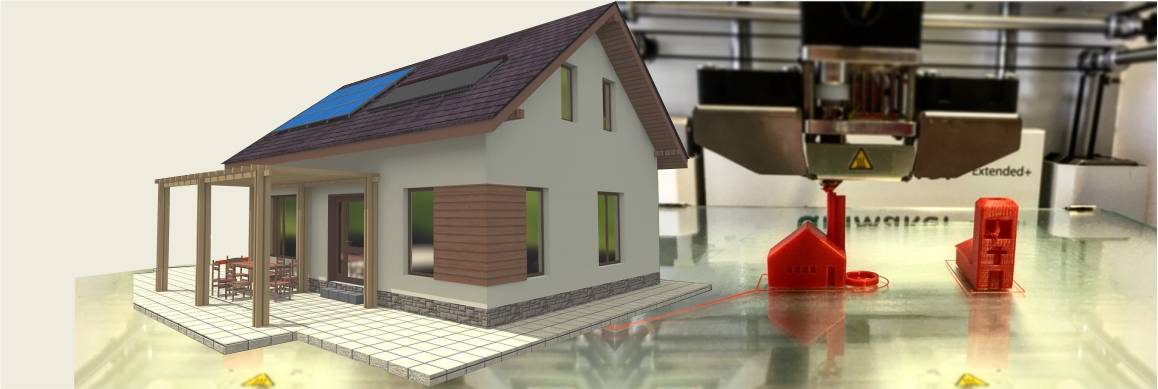
Currently, 3D printing is used most commonly for creating scale models of actual real estate projects. However, there have been successful experiments of actual 3D printed buildings as well. For instance, the Winsun building in Shanghai is a 5-storey 3D printed building that was completed at the speed of a storey a day with a total cost of just $160,000.
Another instance is the small 3D printed house built by Baylor University engineering graduate Alex Le Roux. He also built ‘The Vesta’, a 3D printer which can build a small house in a day.
The houses being built using additive manufacturing are currently quite basic and elementary at best. However, it’s a start. If trend forecasts are anything to go by, 3D printing is set to revolutionize the real estate industry dramatically.
How 3D Printing will Impact Real Estate
The World’s Advanced Saving Project (WASP) has recently started testing out additive manufacturing in developing areas with sub-par infrastructure or facilities to create an experimental village of sorts. It will be created using entirely local resources.
Affordable Housing Solutions
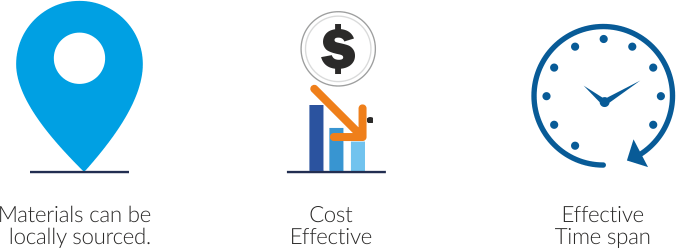
3D printing is being considered as a viable solution for targeting the housing crisis in developing areas. Given the cost-effectiveness, it is being viewed as an affordable option for building homes in the lower economic sections of society. The materials can be locally sourced, which takes care of logistics and availability. The designs are simply fed into the printer, and it can build a home in a matter of hours, which saves time and resources spent if actual architects and construction labour were involved.
Overall Cost of Construction

3D printing is a much cheaper option by all means compared to the traditional construction process. There are plenty of costs involved – logistics, material, labour – and secondary costs like absenteeism, weather issues, material shortage, logistics issues, lack of skilled labour, and even time.
Global futurist Jack Uldrich said at a speech, “…what does it mean for the global supply chain when, in the near future, instead of printing or producing and manufacturing very sophisticated objects over in Asia, putting them on ships and transporting them across oceans, we are going to be printing very sophisticated objects right in your backyards?”
This means the ability to create bespoke goods locally instead of creating them in a warehouse elsewhere and shipping them over. It also means more business for local warehouses.
Design Your Own Space
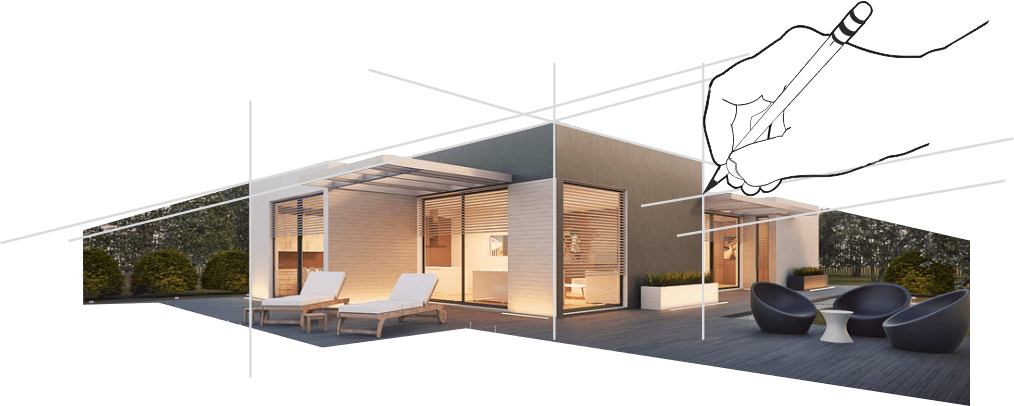
If 3D printing were to become commonplace, it could mean giving people the scope and freedom to design their own houses. Instead of going to contractors and getting the same type of housing and layout plans, people can now get together with architects to create unique living spaces that defy the mundane, tried and tested methods.
It could mean freedom with innovation and authenticity to truly recognize the actual scope that real estate design has to offer.
Reaching Uninhabitable Areas
There are areas in every region that cannot be inhabited because there is too less space for cranes to get through, or some other reason. 3D printing can be used to build homes or properties in these areas. Since it doesn’t take up too much space or resources, it is helpful in making optimal utilization of spaces that are otherwise lying vacant.
Is 3D Printing the Future of Real Estate?
It seems like an affirmative. Many companies are slowly boarding the additive manufacturing bandwagon and experimenting with different techniques to generate processes that benefit the real estate industry as a whole. If this is anything to go by, it won’t be surprising to see entire cities built using 3D printing technology in the near future. How this pans out is definitely something to watch out for.
- 3D printing
- real 3D
- Real Estate
- RETech
Mobifilia
5 October 2018
